On April 15, as fires were burning at the Notre Dame cathedral in Paris and the Al-Aqsa Mosque in Jerusalem, another fire destroyed the shrine room at Ann Arbor’s Tsogyelgar Dharma Center.
The sacred gathering space contained Tibetan relics and hand painted murals of Tibetan Buddhist deities which were destroyed, but a statue of Guru Rinpoche, an 8th century Buddhist master referred to as the “2nd Buddha,” survived mostly intact. The cause of the fire is unknown.
The community runs White Lotus Farms, which produces vegetables, goat’s milk and cheese, freshly baked bread, honey, and flowers. Fire trucks had to bring thousands of gallons of water in from the nearest fire hydrant two miles away to stop the fire spreading to other farm and community buildings. No people or animals were harmed and firefighters were able to contain the damage to the single building. Community members were especially concerned about the stress to the farm’s goats, as many of them were near to giving birth to the season’s kids. While some of them gave birth a day or two later than expected, all safely delivered.
Tsogyelgar community member, Christina Burch, said that while the community is sad at the loss of their shrine room, the general feeling is one of gratitude for what remains and looking forward to what will be built anew. This year, she said, is the Earth Boar year, which marks the 60th anniversary of Tibet’s fall to China, which initiated the spread of Tibetan Buddhist teaching to the West. This year also marks the 60th birthday of Traktung Rinpoche, the Tsogyelgar community’s founder and teacher. It is also the 30-year anniversary of his enlightenment. Burch said that this marks a new 30-year cycle in the teaching and that the fire can be considered a cleansing of old energies to make way for the new.
A quote from Guru Rinpoche on the group’s Facebook page post about the fire said, “The power of virtue cannot be burnt by fire, rotted by water, destroyed by wind. That goodness spread by merit can withstand the machinations of king and thief and will spread across all appearance.”
At the moment, the Tsogyelyar community is using two large tent structures for gatherings that would normally happen in the Shrine room. In fact, one was used the night of the fire, when community members gathered for a holiday feast that had been scheduled in the Shrine room. True to their teachings, the community ate and celebrated together while firefighters worked, then thanked and blessed the firefighters. Plans are in the works for a new Shrine room to be built, though permits and other details will take time. The community hopes to be able to start construction before the colder months begin, though if necessary, they will make do with other spaces until the new Shrine room is ready. New murals will be painted and the new space will be larger and more accessible (the old space was only accessible by stairs, which made it difficult for some). Many of the community members have skills in construction and the arts, and they look forward to creating a space that meets the community’s needs and is even more beautiful than the one before. Concern and support have poured in from the Ann Arbor community and Tsogyelyar members are grateful and encouraged.
More information about Tsogyelgar Dharma Center are online at tsogyelgar.org and facebook.com/Tsolgyelgar. They can be reached via email at info@tsogyelgar.org.
New offerings by Established businesses and Practitioners
Reverend Ada Marie Windish has been a psychic reader for over 65 years.
She has advised corporate boards and police departments, traveled the country to teach, and has been a personal reader and spiritual counselor to many. After recovering from a stroke that temporarily took her ability to speak, she is relaunching herself and her service. Windish said she is “a bonafide psychic through spirit—[she] speak[s] to angels, the dead, your mother in heaven, your grandfather….” She says her gifts were given to her by divine spirit, passed down to her through her father.
Windish offers readings in her home in Adrian, where she lives with her black cat Toby, or over the phone. Her one-hour readings are $100, though she says she frequently goes for longer than an hour and never charges more. She is also willing to put together payment plans for clients struggling to afford the fee.
Anyone interested in a reading with Windish can call (517) 759-3434 to schedule an appointment. Please do not call after 8:00 p.m.
Vietnamese restaurant Dalat has moved from downtown Ypsilanti to downtown Ann Arbor.
Original owners Lang Bui and Hoanh Le retired at the beginning of 2018 and their son, Son Le, and his wife Tran Nguyen, took over. The restaurant, which had been open for over 25 years, was located in a historic Ypsilanti building that Son Le said made updates and repairs difficult and expensive. The area also did not get much traffic. They decided to make the move to downtown Ann Arbor, which Le felt was a busier area that would support the business more than downtown Ypsilanti could. He said that a lot of existing customers have continued to come to the new restaurant.
It took nine months from the closing of the old location to get everything ready for opening on October 1, 2018. Initially the menu was exactly the same: Vietnamese specialties including pho, shrimp rolls, and stir-fried rice noodles. But since then Le has added more vegetarian options to keep up with demand and added new desserts and boba drinks. The restaurant no longer serves alcohol since their liquor license was restricted to downtown Ypsilanti. Le described their menu as “fresh and healthy food with high-quality ingredients and reasonable prices.” The décor has changed as well—the new location has electric lime green walls with orange accents left over from the Orange Leaf frozen yogurt store that previously occupied it. Le and Nguyen liked the colors and left them as-is, making the new sign to match. Le emphasized that the restaurant only buys fresh, premium meats, seafood, and produce. Most meals don’t include MSG, and customers can ask for a gluten-free version of most entrees.
Dalat is located at 2261 South Main Street, Ann Arbor, MI 48104. Their phone number is (734) 487-7600. Their website is dalatrestaurantannarbor.com and they can be reached via email at manager@dalatrestaurantannarbor.com.
A local group of practitioners, the Great Lakes Center for Healing Touch, began offering a Healing Touch Clinic at the Center for Sacred Living on the west side of Ann Arbor in March.
The Clinic offers Healing Touch at a reduced rate of $30 per session. Practitioners donate their time and all proceeds go to the costs of running the Clinic. GLCHT is a nonprofit organization. The Clinic is offered both to help make the modality accessible for those with financial concerns, as well as to help practitioners in training complete some of their required training hours. Some of the practitioners offering sessions during the Clinic hours are fully certified, and this is a way they choose to serve the community. The GLCHT group has offered this service in the past, but stopped operating in 2010 due to the inability at that time to keep up with demand.
Healing Touch is an energy-based therapy, similar in some ways to Reiki, explained certified practitioner and group member, Ann Alvarez. Practitioners use light or no touch to help clear and balance the body’s energy field and centers. It is very different from massage or physical therapy as the physical body is not being manipulated. Clients remain fully clothed for the sessions, which usually last a bit under an hour. Alvarez said that the practice, “supports and helps restore self-healing of the body, mind, and spirit.” She said that the modality can help people with injuries, or those recovering from surgery, experiencing chronic pain from fibromyalgia or other conditions, insomnia, headaches, and those being treated for cancer with chemotherapy or radiation therapy. It can also help people recovering from stressful circumstances such as grief and trauma. The modality is non-invasive and has no side effects, said Alvarez, and should be considered a tool to be used not instead of, but in addition to, and in support of standard medical care. Practitioner and group member, Nirit Mor-Vaknin, explains, “Healing Touch is very effective in stress reduction, and when we are not stressed our body can heal itself.” It is used in a number of hospitals nationwide to reduce the need for painkillers and as part of palliative care.
Each of the Clinic’s practitioners were trained by Healing Beyond Borders, an international nonprofit organization which offers training and certification in Healing Touch.
The Healing Touch Clinic is offered on the first Wednesday of each month. Appointments are scheduled for 5:30, 6:30, and 7:30 p.m. with walk-ins possible if an appointment slot is not filled. Appointments can be made by calling (734) 730-6826 or emailing niritmorvakn@gmail.com, or visit their Facebook page facebook.com/annarborhealingtouch. The Center for Sacred Living is located at 210 Little Lake Drive, Suite #7, Ann Arbor, MI 48103. More information about the Healing Touch Modality and the Healing Beyond Borders mission is online at www.healingbeyondborders.org.
Michigan Collaborative for Mindfulness in Education (MC4ME) was founded as a nonprofit organization in 2014.
Since its founding, the all-volunteer organization has given 85 presentations to educators and 47 consultations with organizations to help “foster the teaching and dissemination of mindfulness practices in K-12 and higher education using best practices, established curricula, and scientific evidence.” Members of MC4ME’s board have experience in teaching or psychology, practice mindfulness themselves, and use evidence from personal experience, as well as scientific studies and training, to spread awareness and training in mindfulness in education.
Board member Mary Spence described mindfulness as “paying attention on purpose with a lack of judgement and with curiosity.” Studies have shown that children trained in mindfulness techniques show improvement in ability to pay attention and focus and better emotional self-regulation. They are, Spence said, able to be more “comfortable with discomfort.”
In July MC4ME offered a teen retreat in Kalamazoo for ages 15 to 19 in partnership with Inward Bound Mindfulness Education (IBME), a nonprofit based in Massachusetts offering “in-depth mindfulness programming for youth and the parents and professionals who support them.” The retreat focused on developing awareness and concentration practices supported by science. These retreats will be offered annually.
MC4ME also offered a two-day intensive training for educators in August in Birmingham. It covered both self-care practices and integrating key techniques with students. The training offered 16 hours toward continuing education for Michigan teachers. The organization plans to offer more of these trainings for teachers during summer breaks.
MC4ME will hold a statewide conference on October 9 and 10, 2020. Location, schedule, and other information will be forthcoming. Anyone interested can sign up for the organization’s quarterly newsletter by emailing info@mc4me.org. Spence said that the organization is growing, seeking new board members, and is working toward becoming a membership organization.
The website for Michigan Collaborative for Mindfulness in Education is mc4me.org. They can be reached by email at info@mc4me.org.
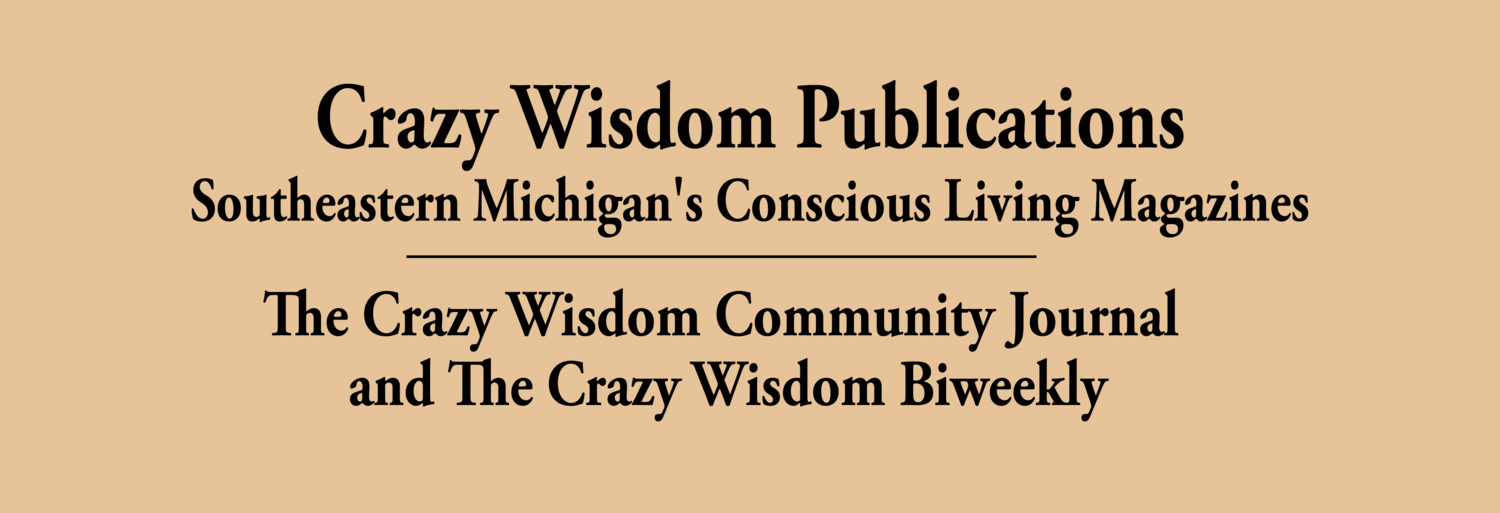
























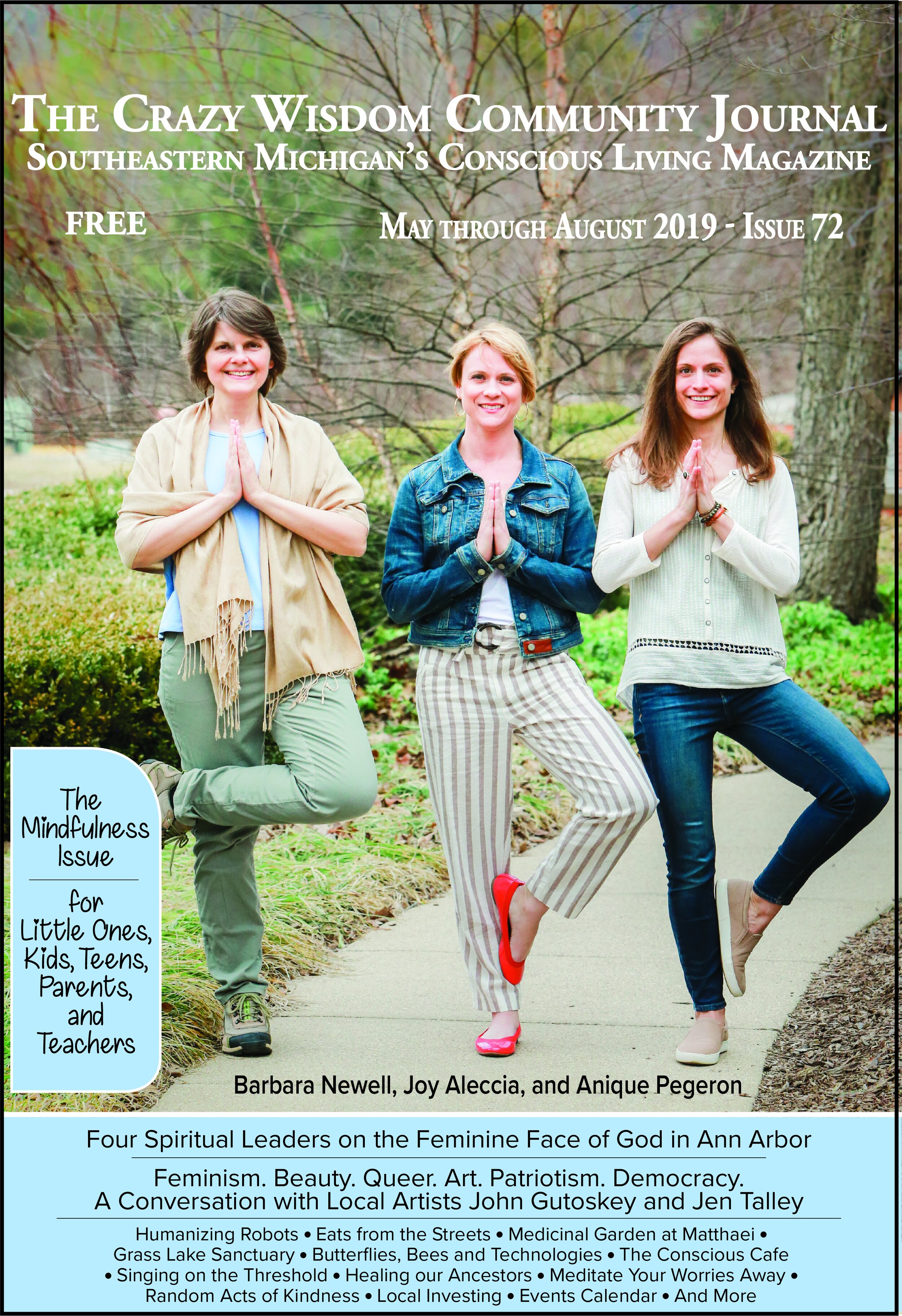



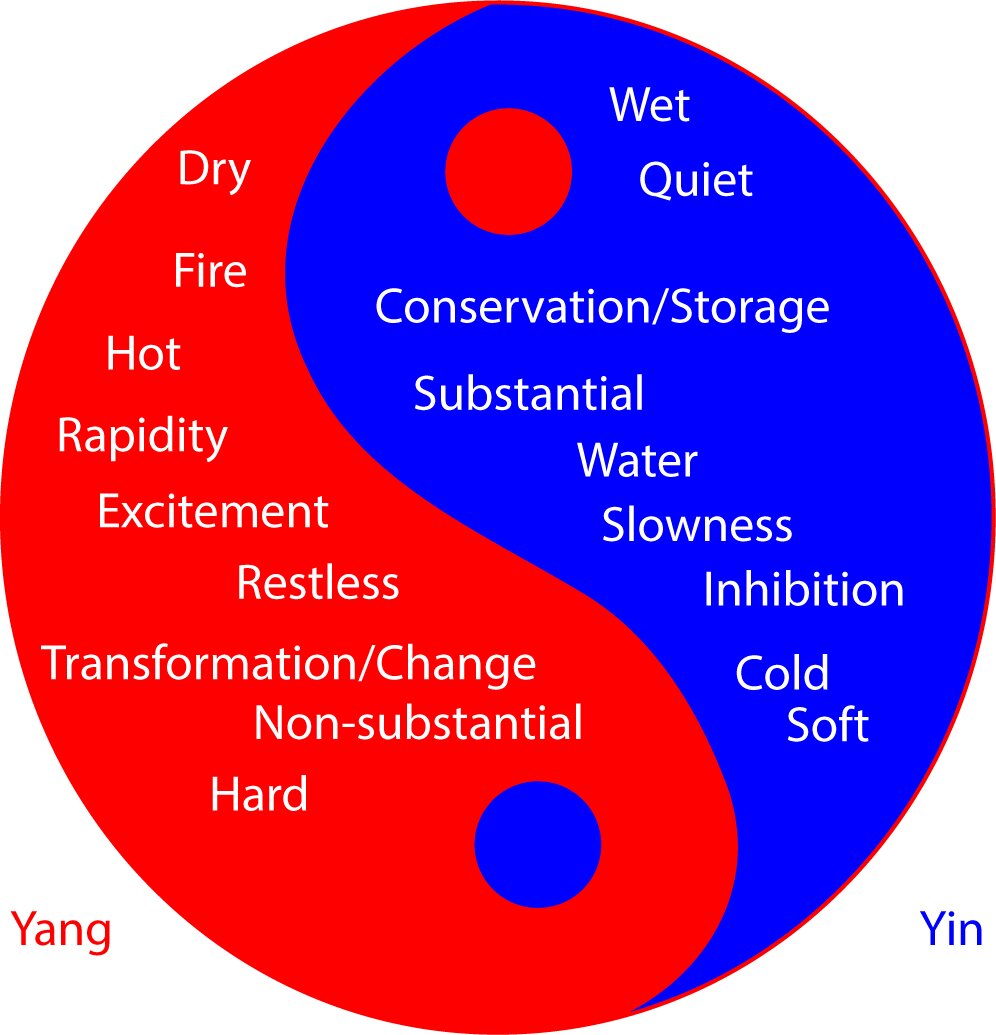

































































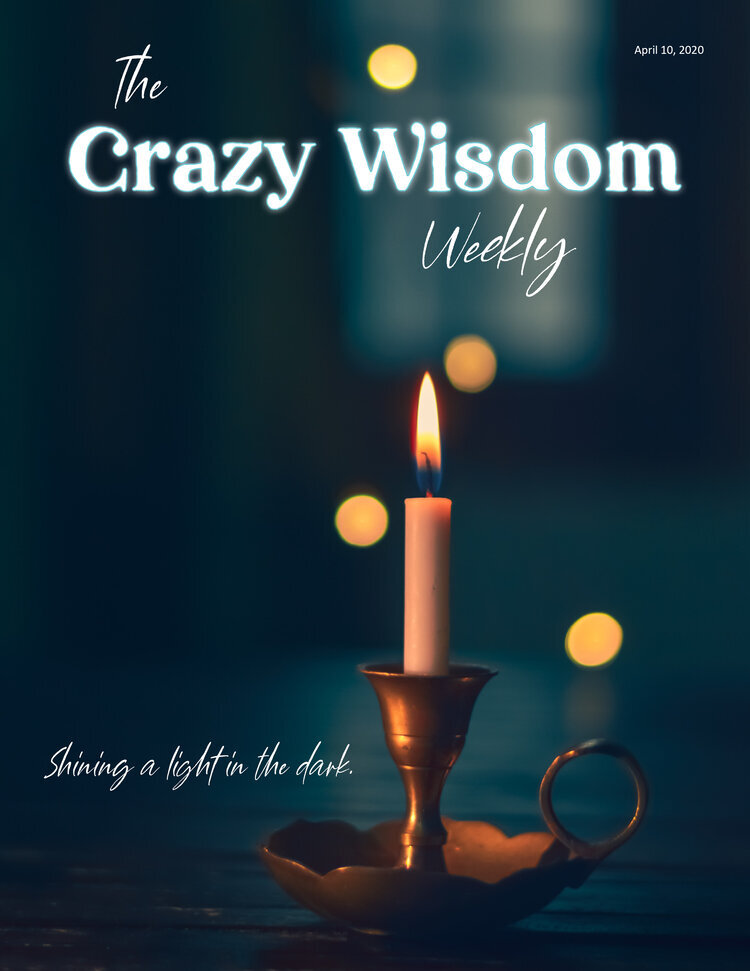
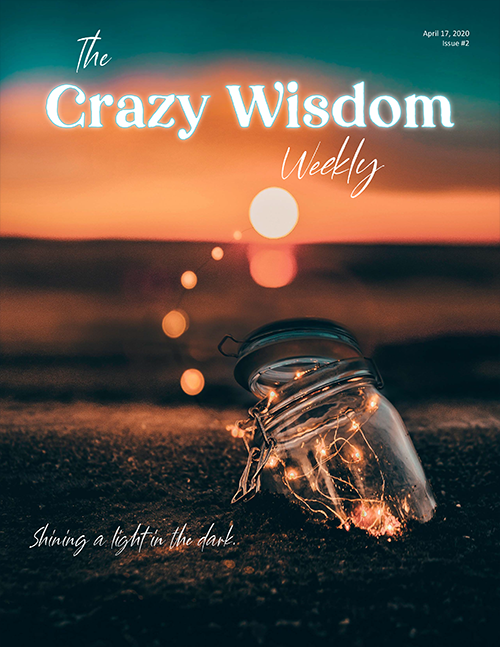
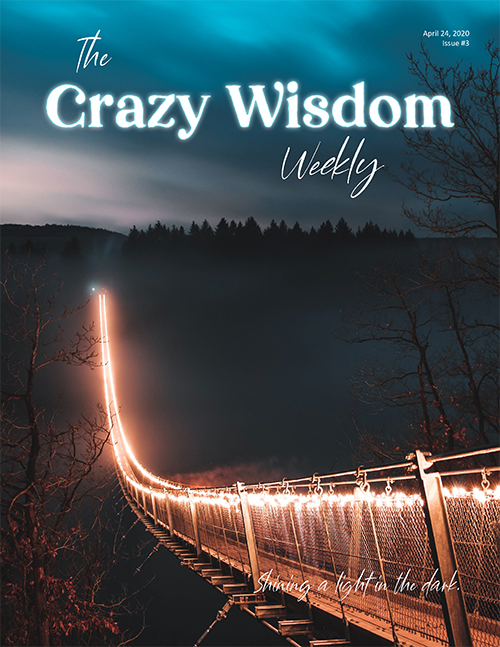

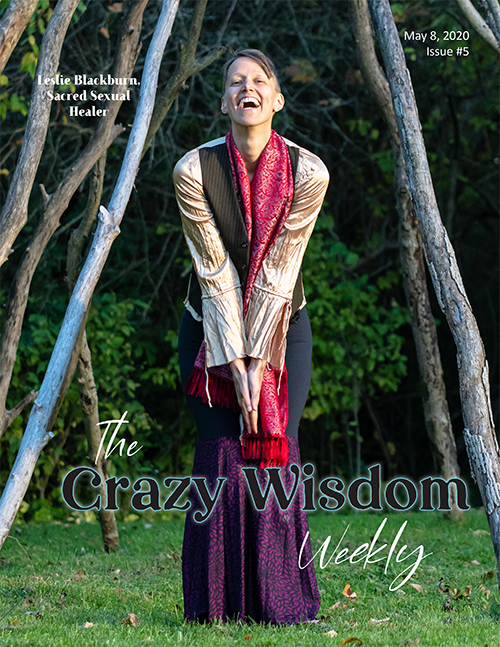
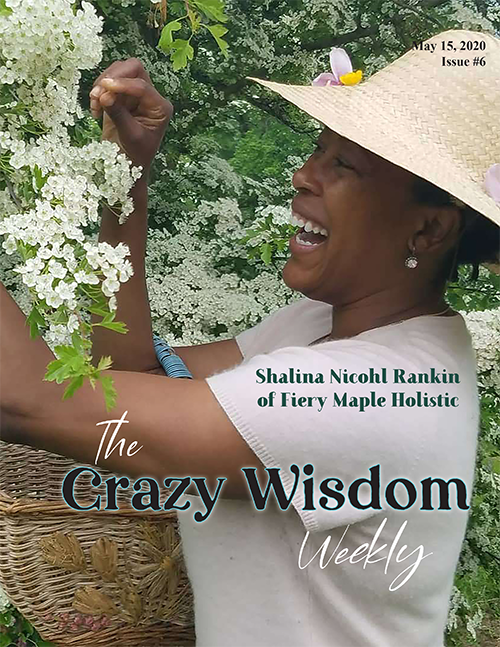
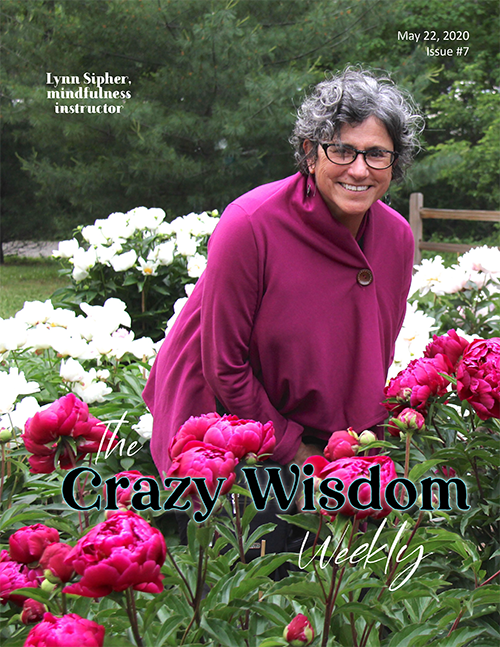
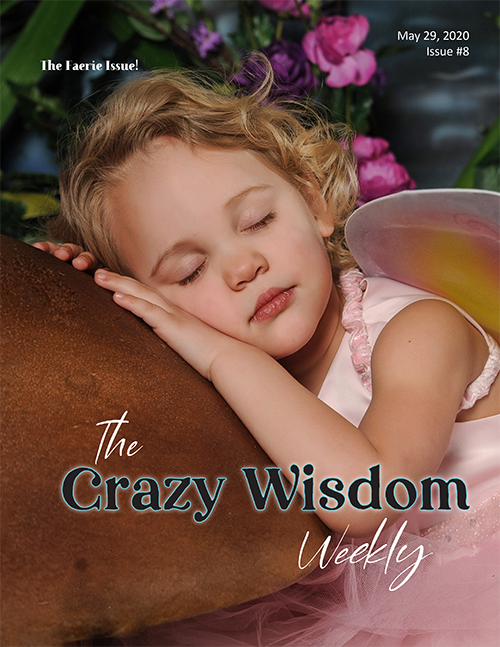
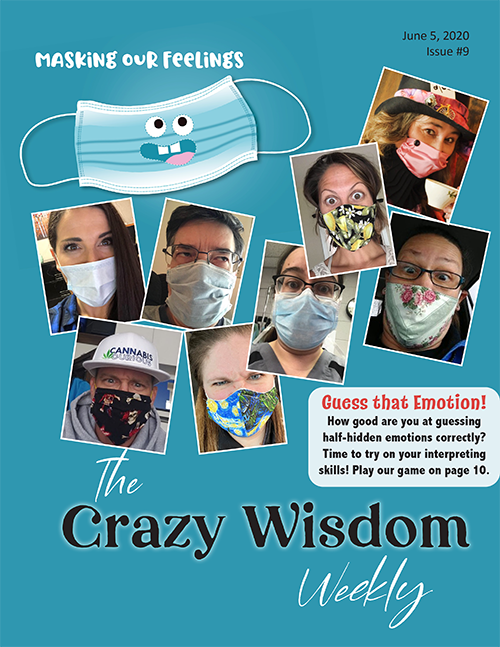
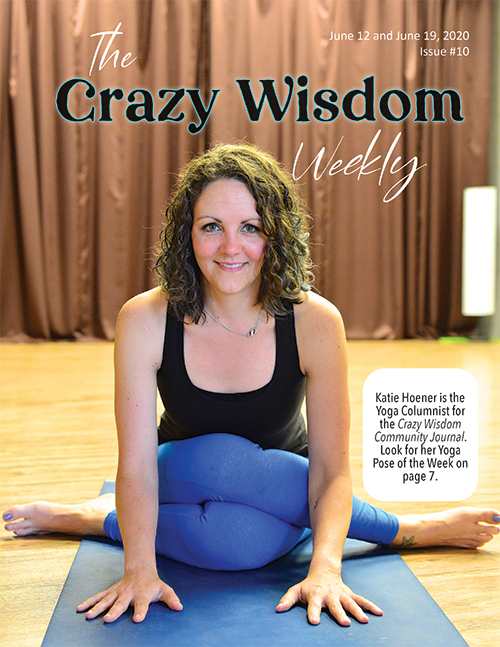
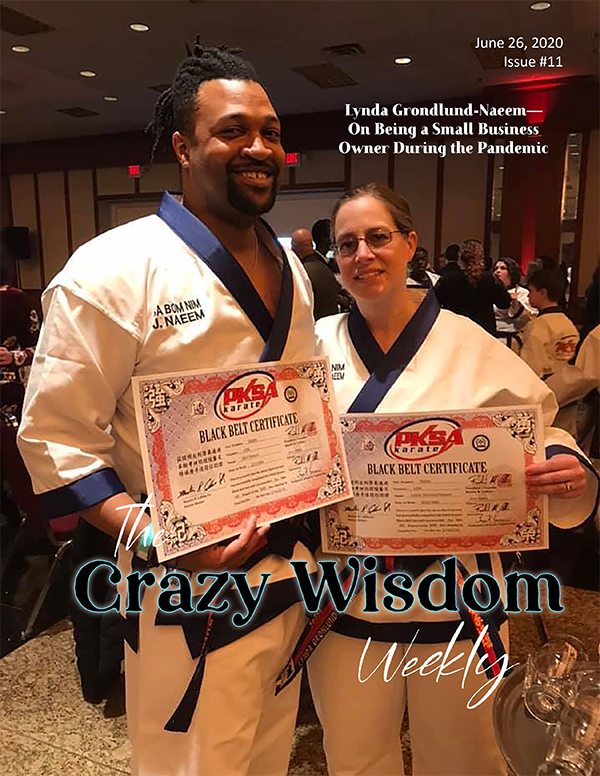
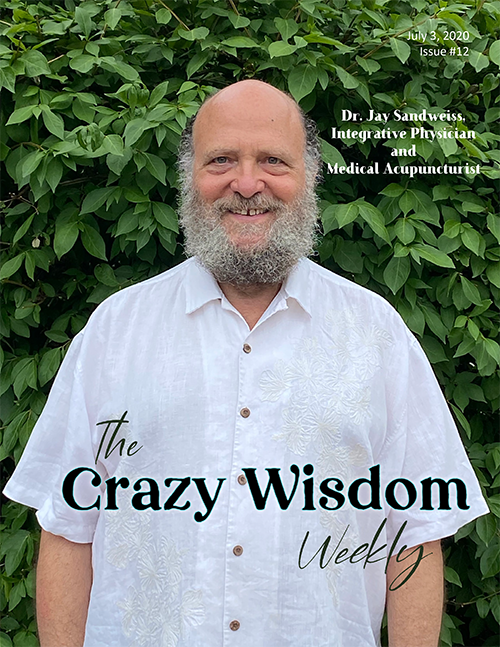


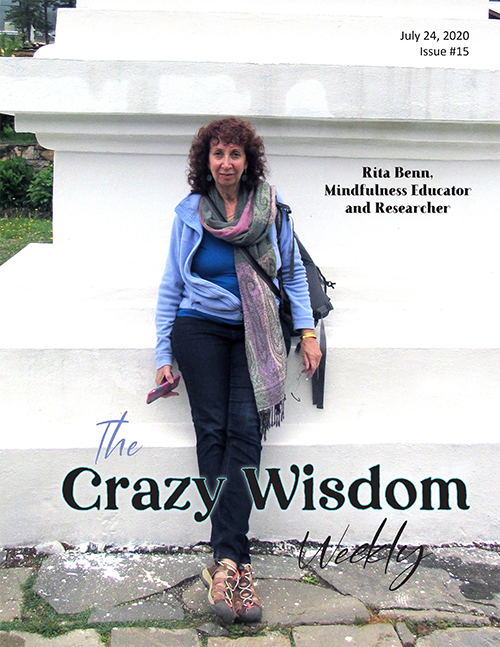

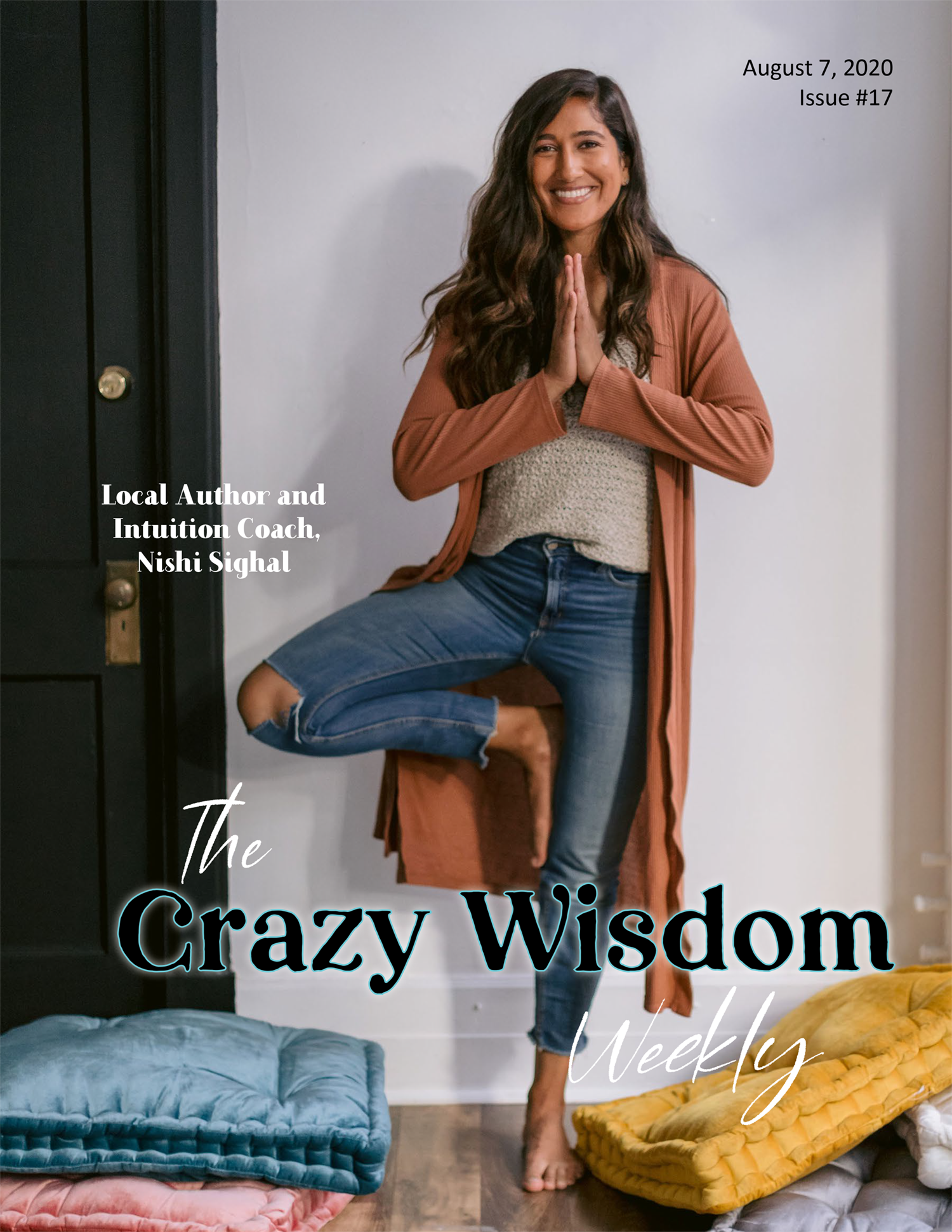
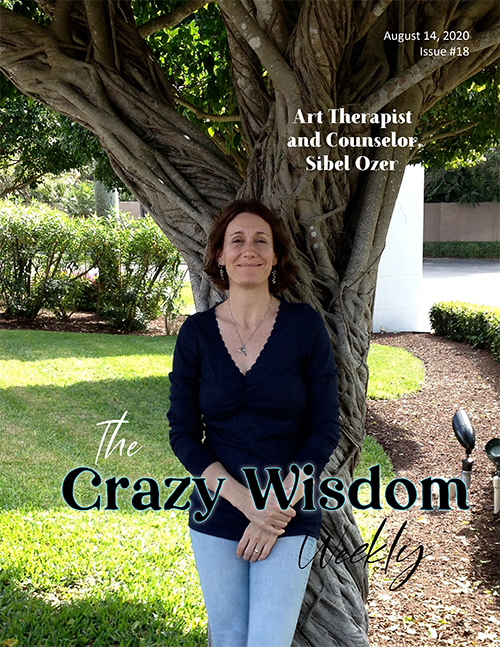
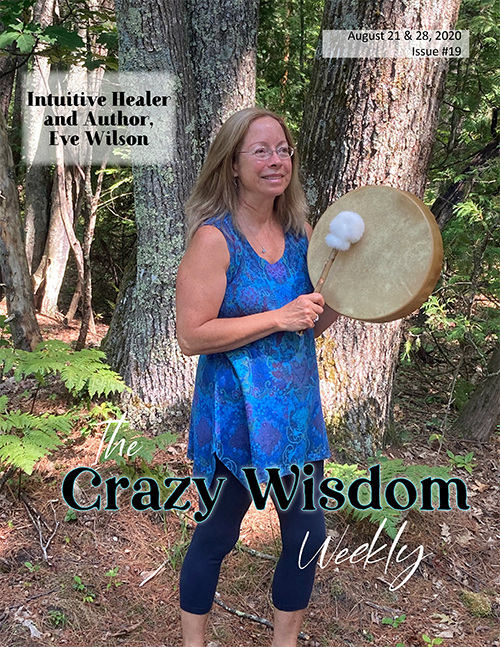
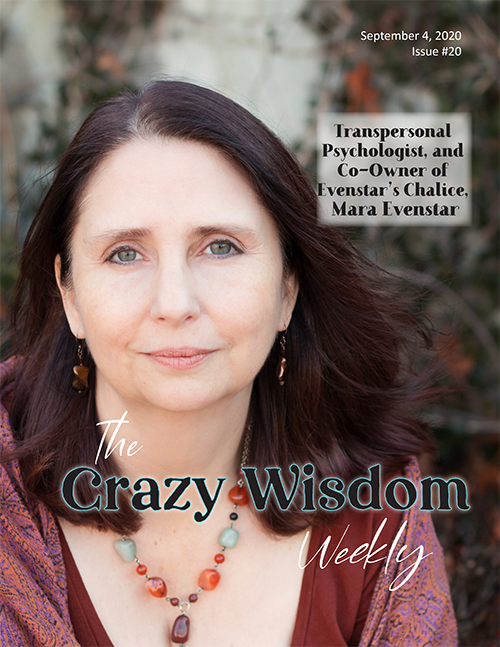
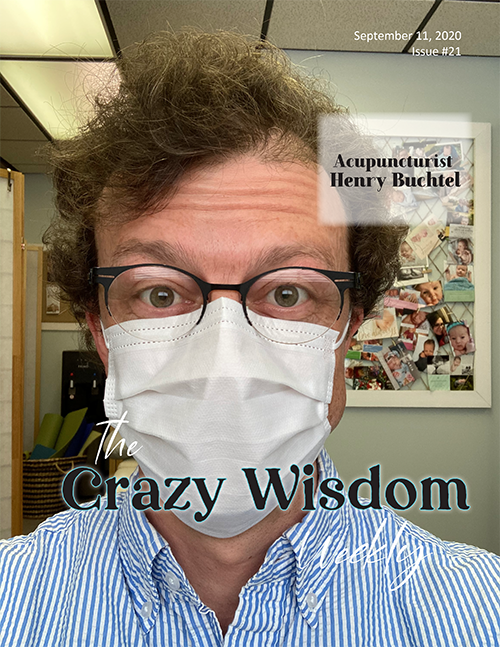
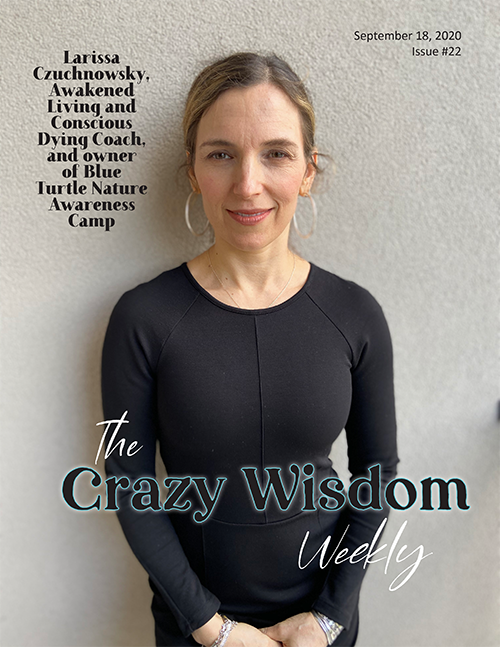
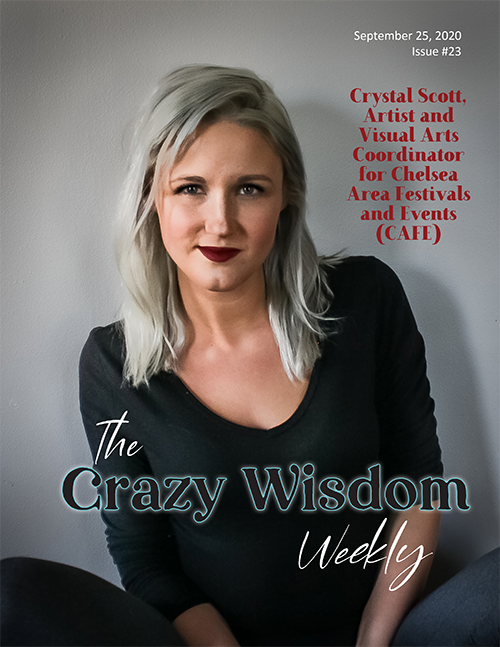

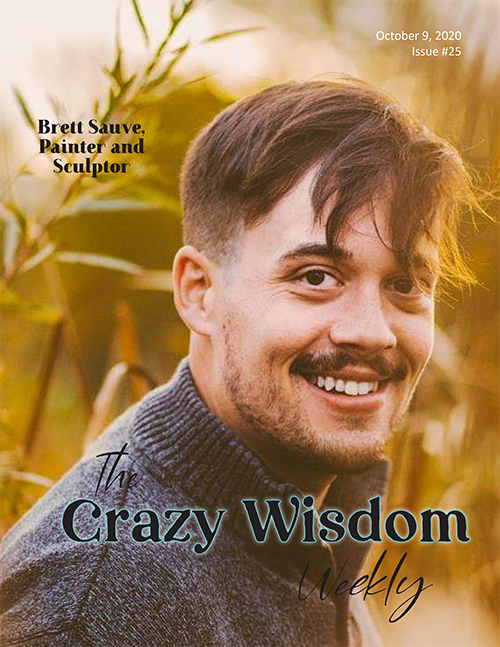
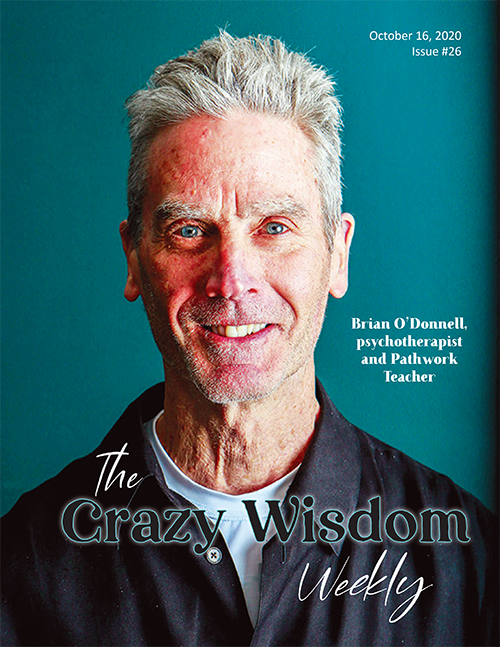
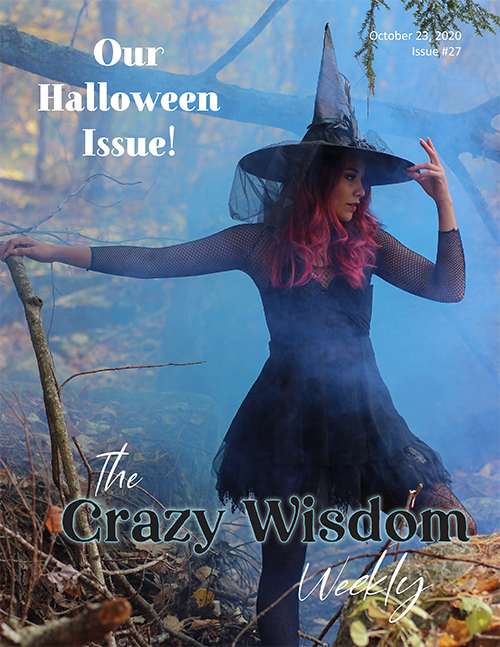
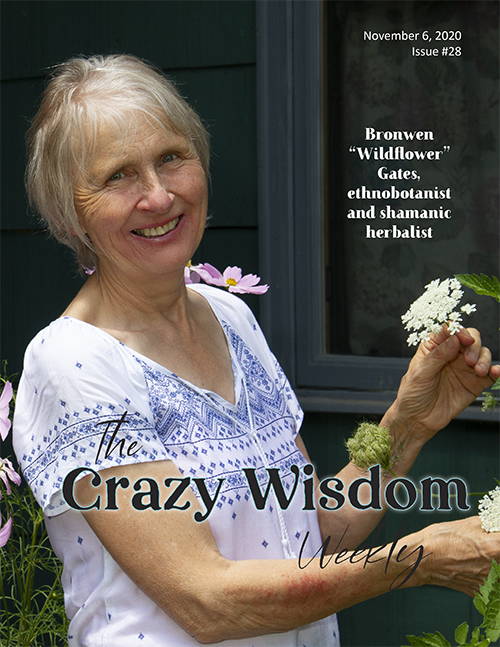

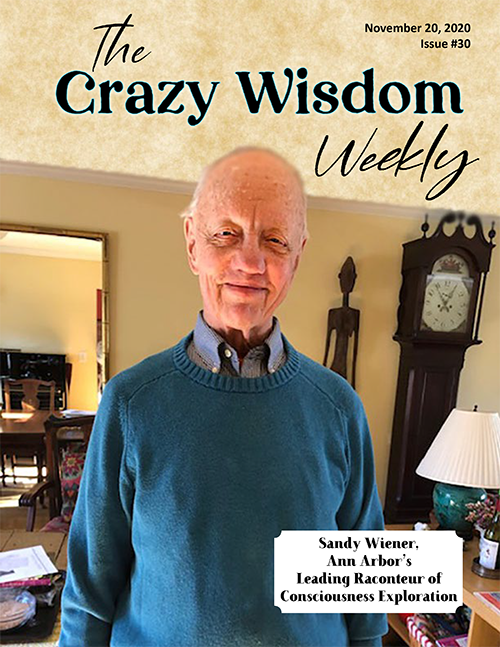
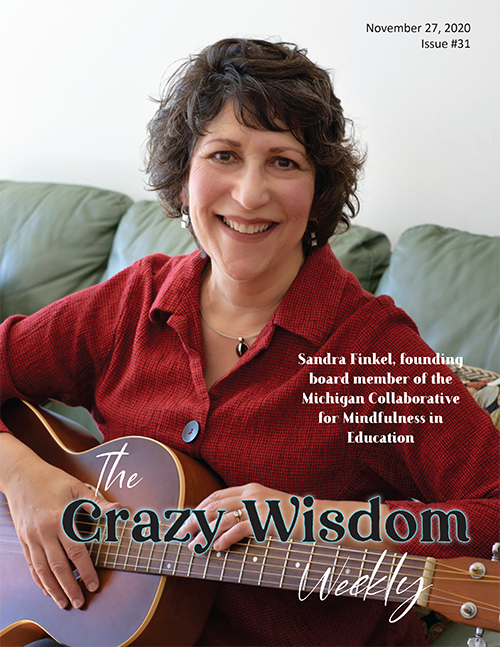


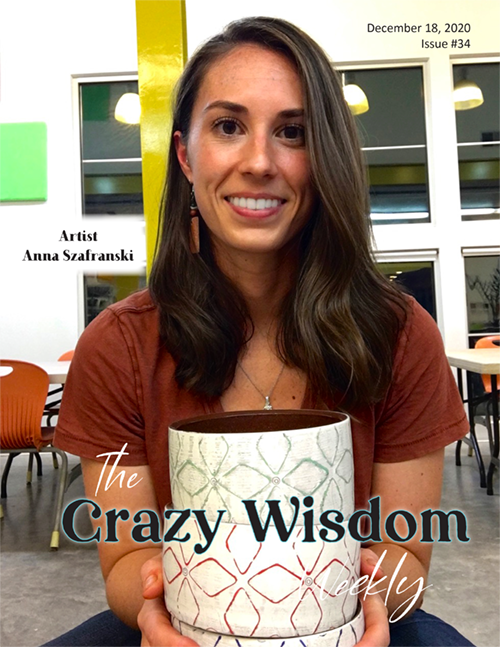
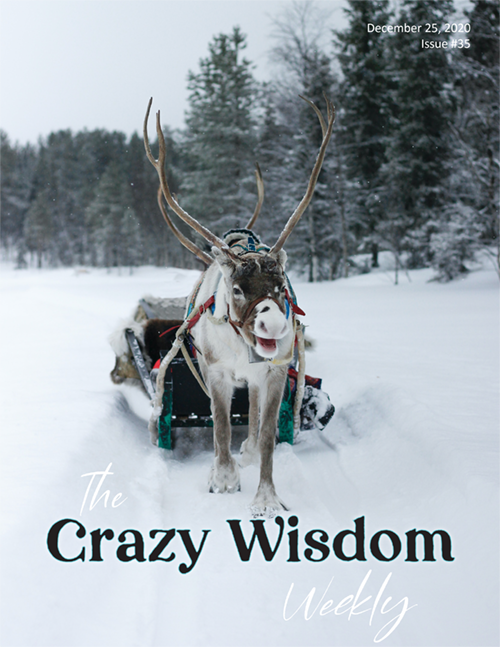
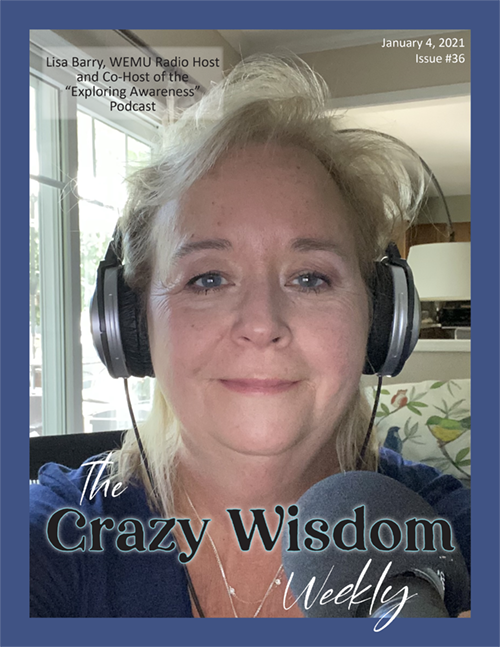
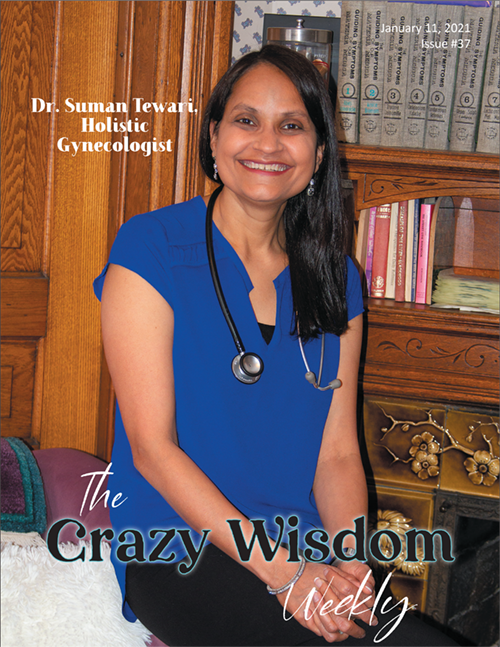
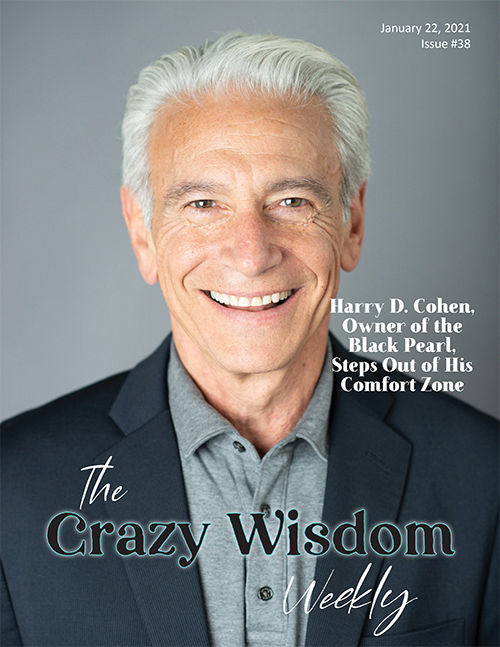
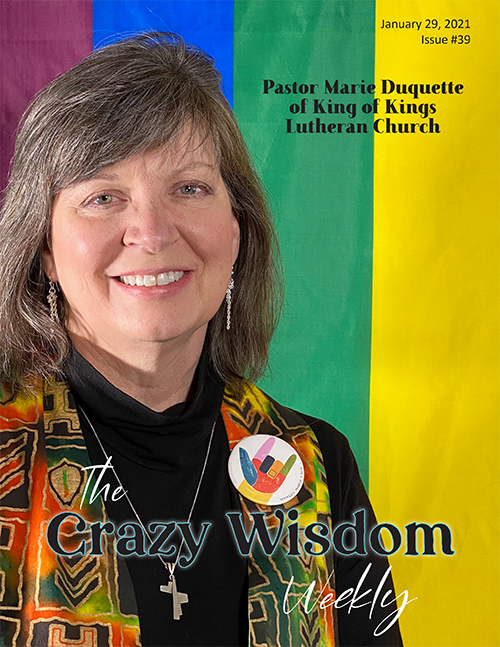
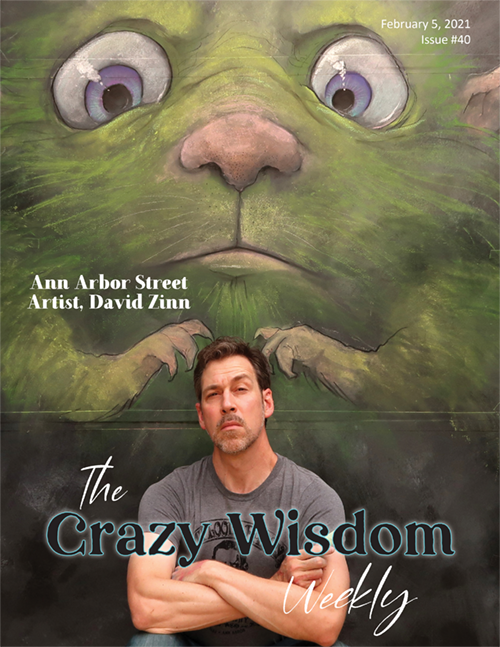
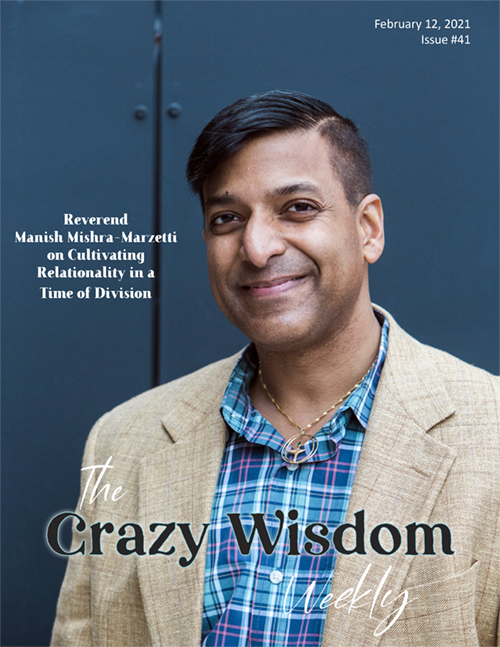
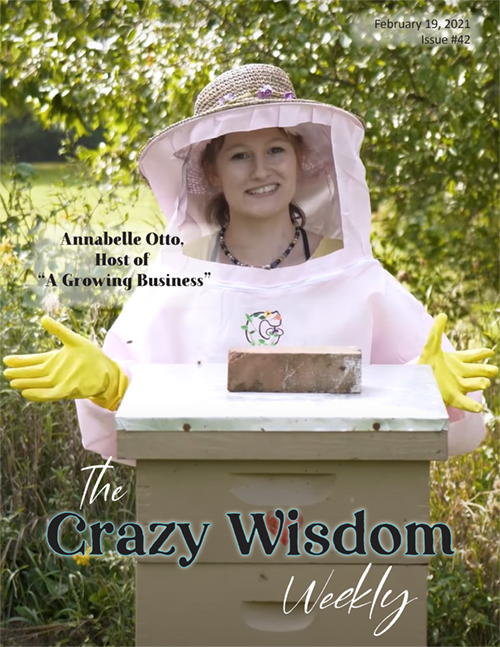
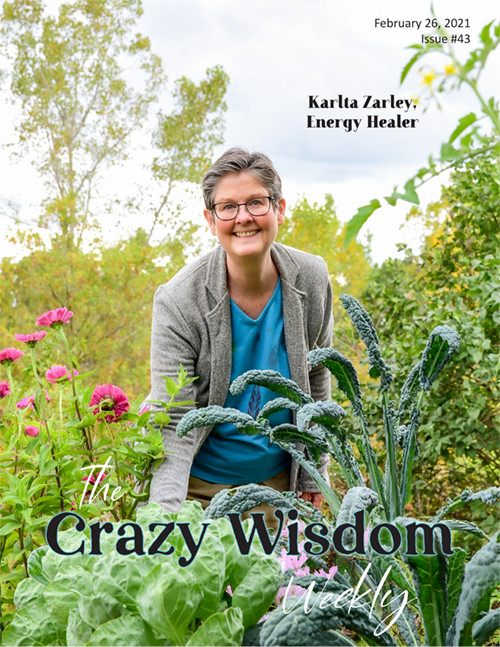
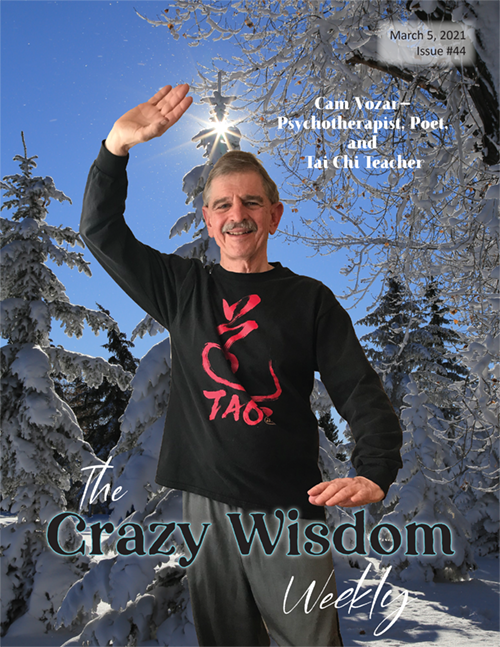
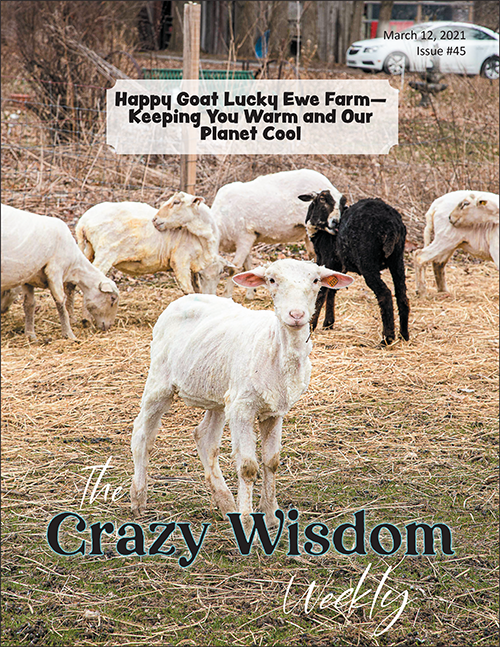
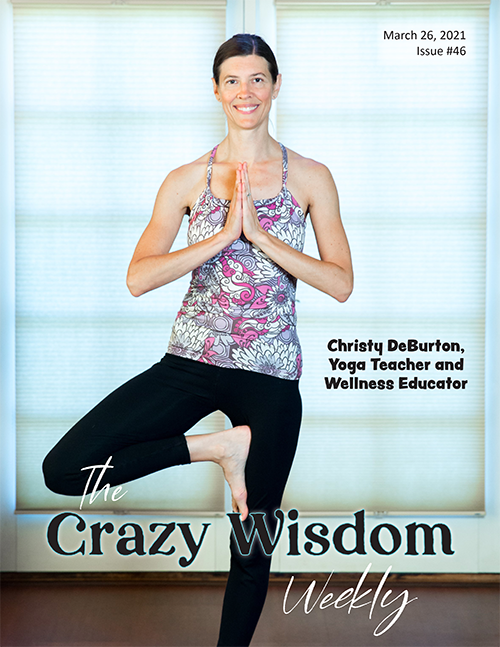
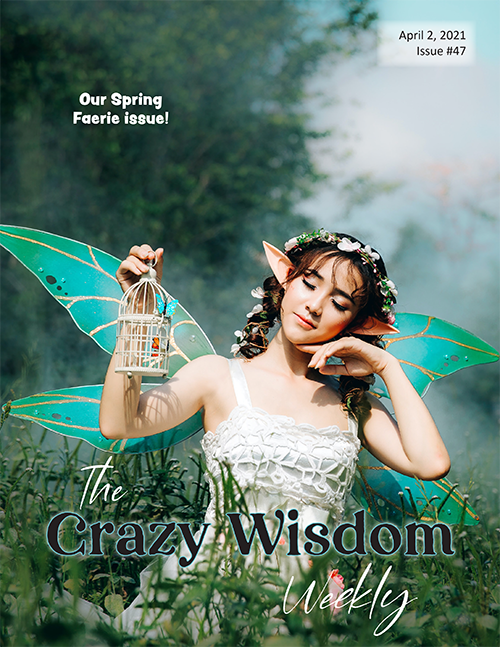
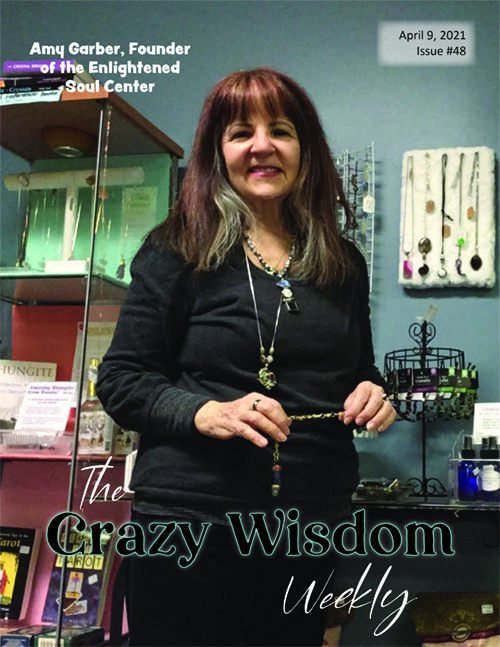
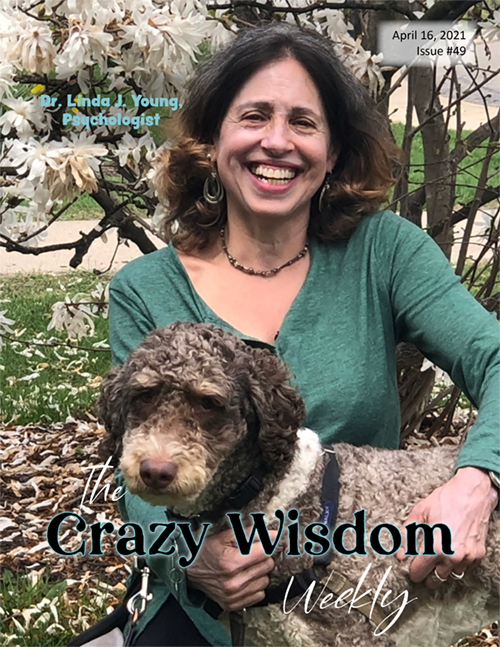
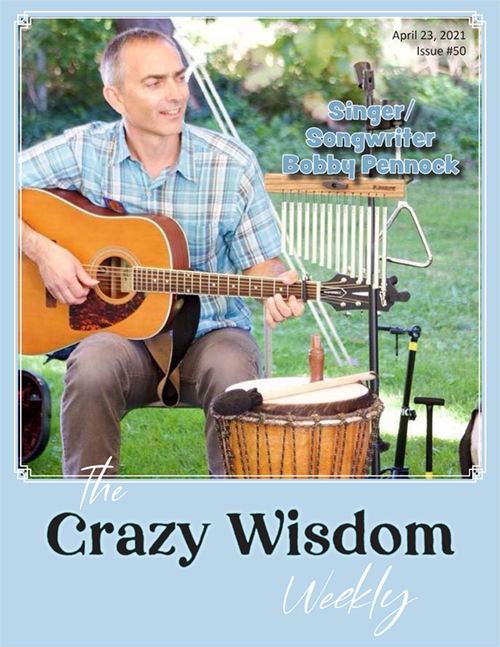
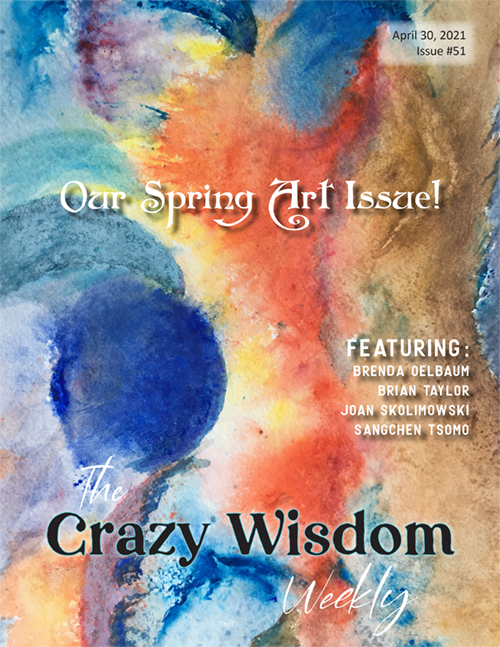
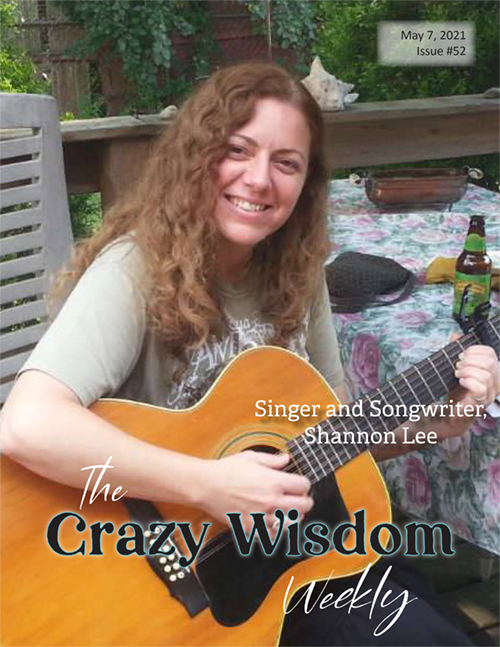
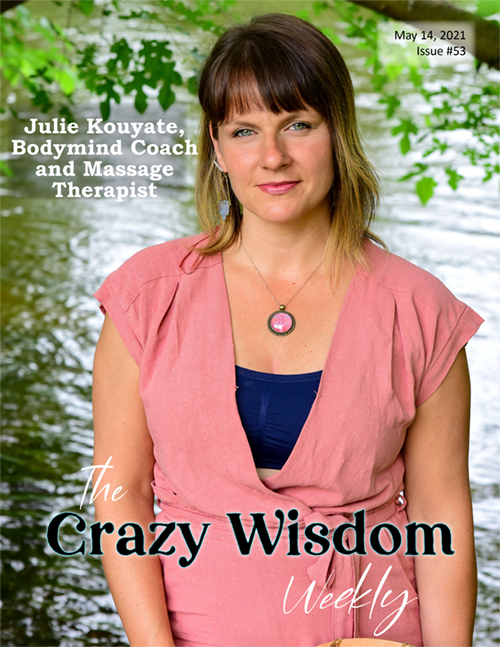

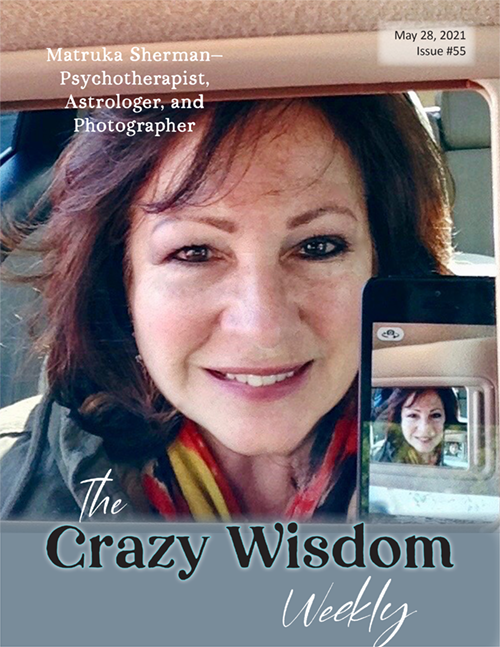
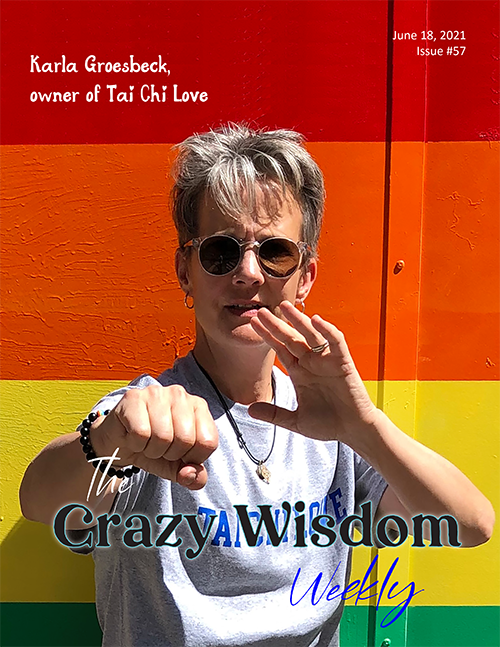

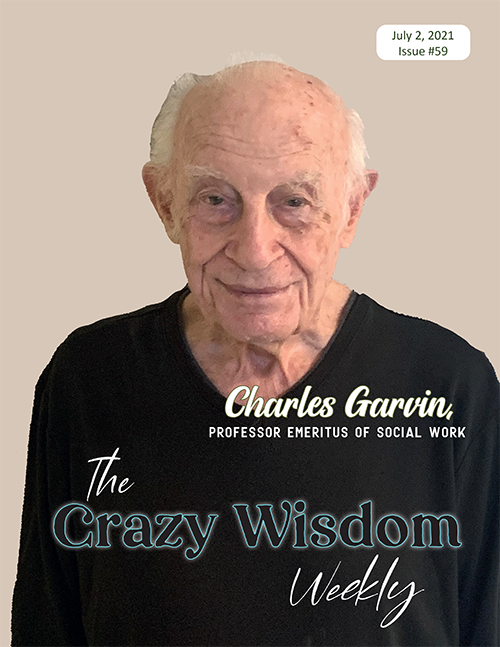

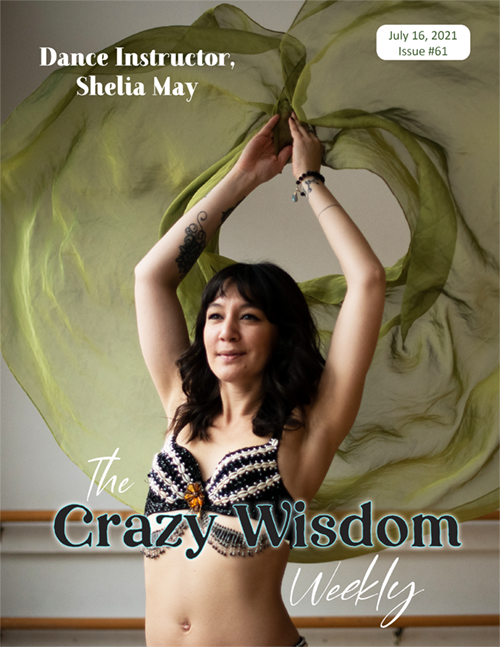

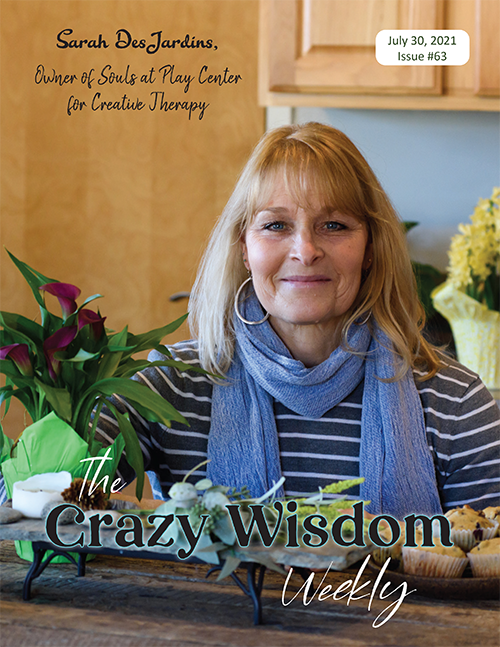

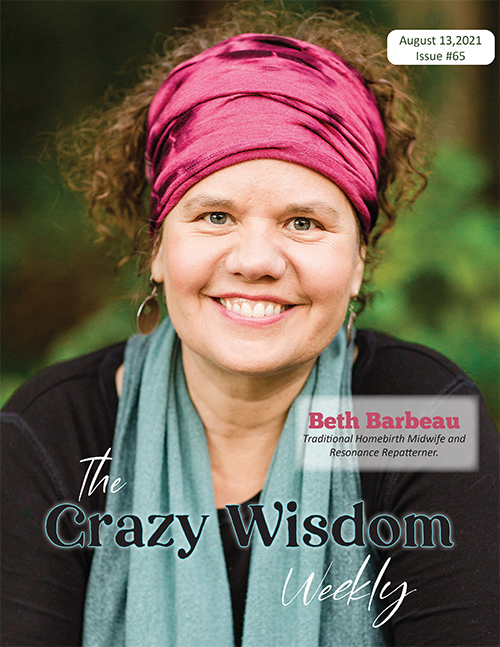

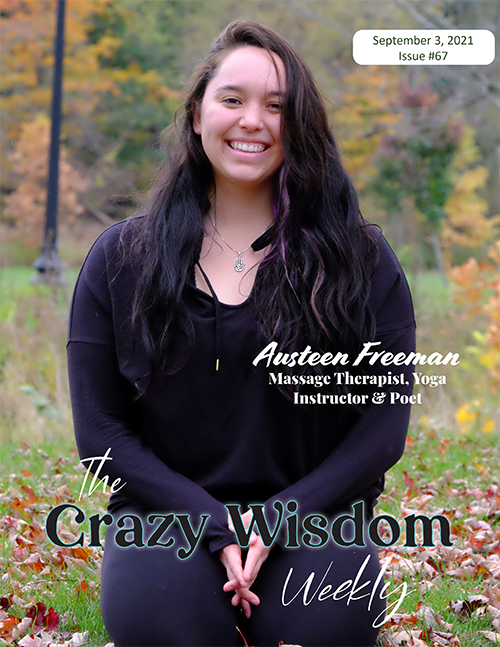
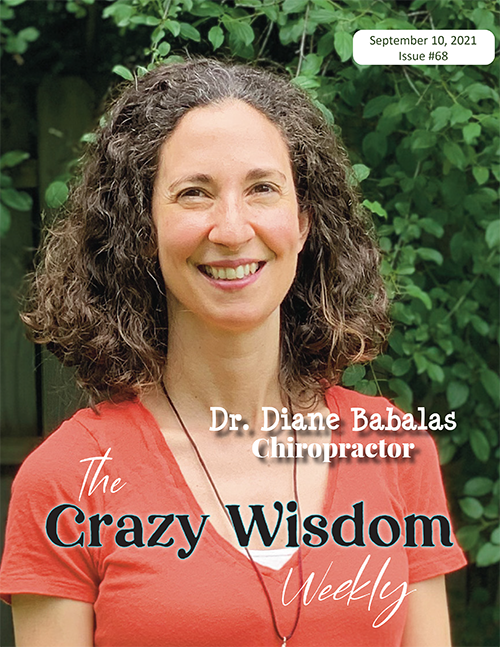
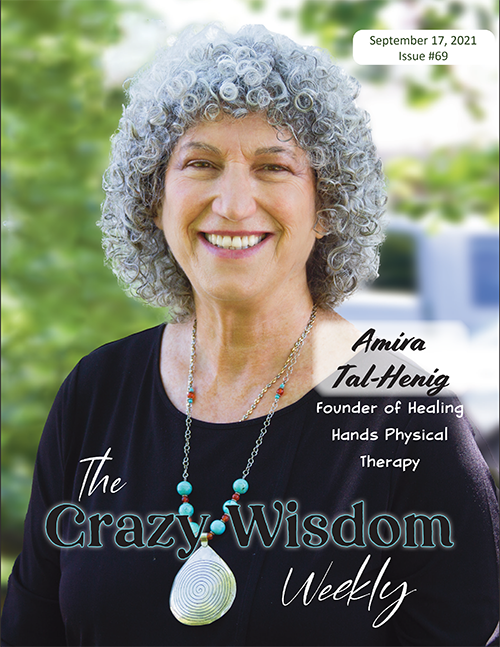
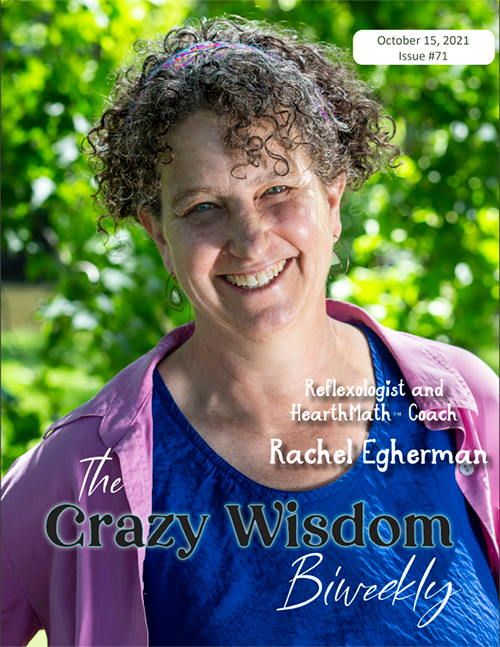

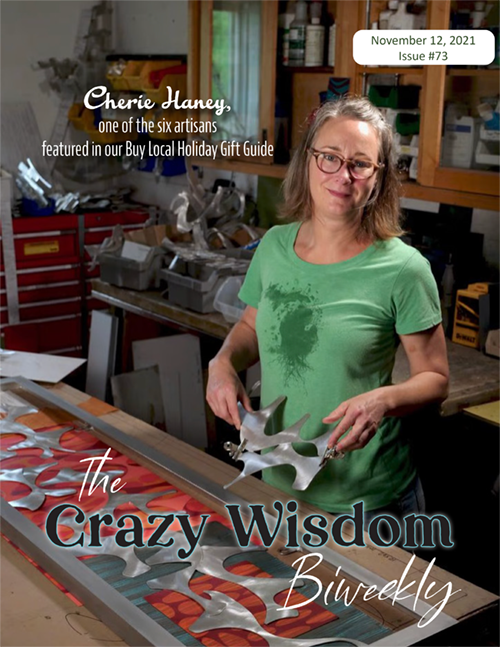
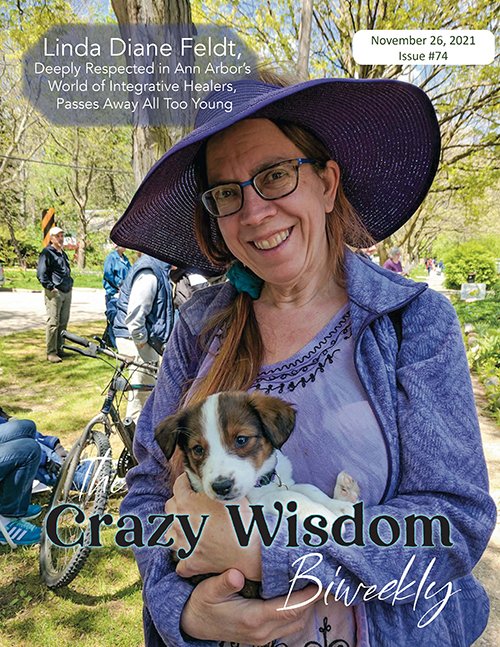
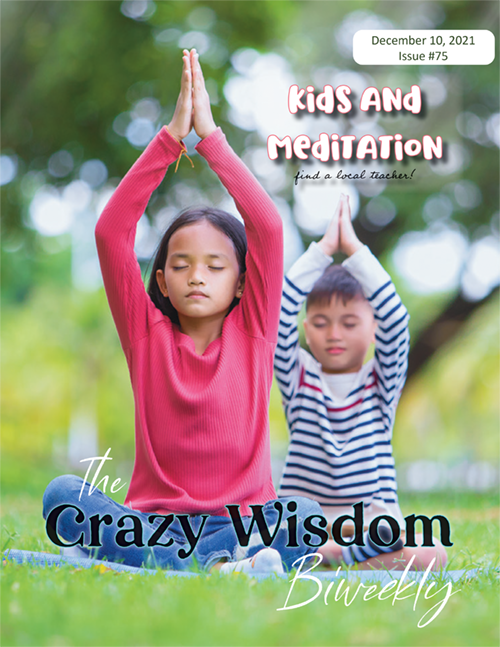


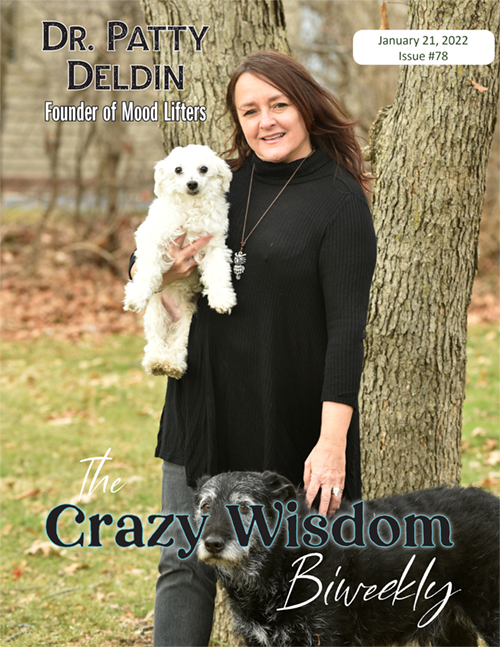
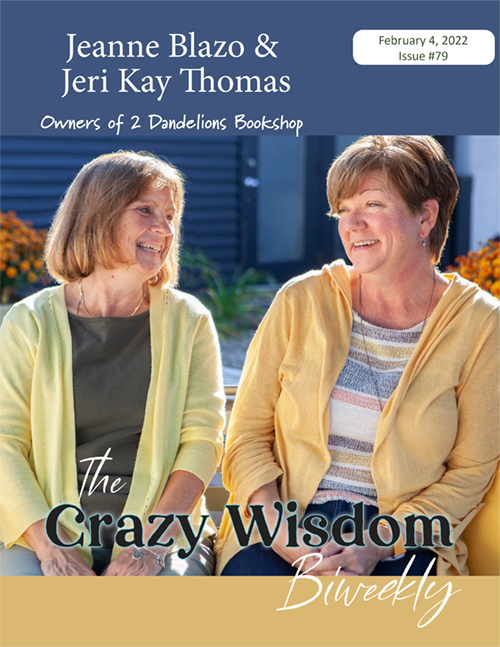
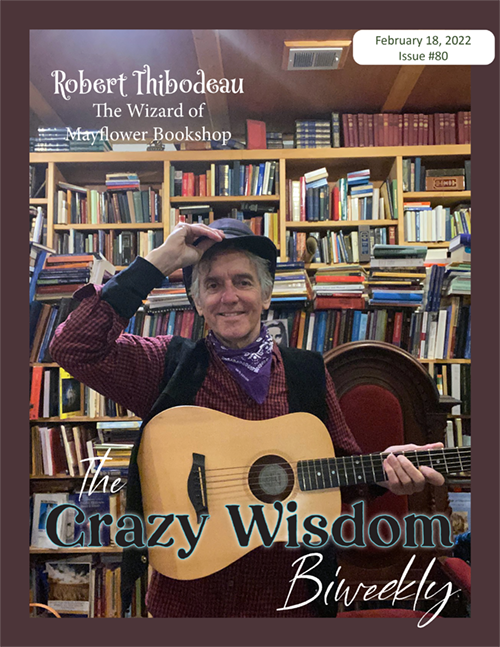
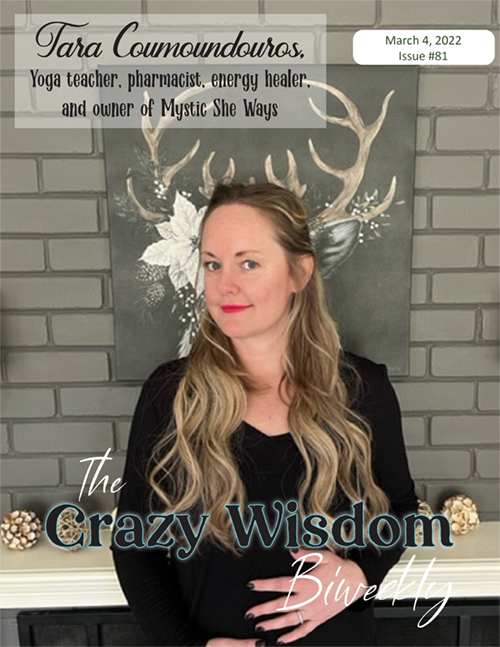
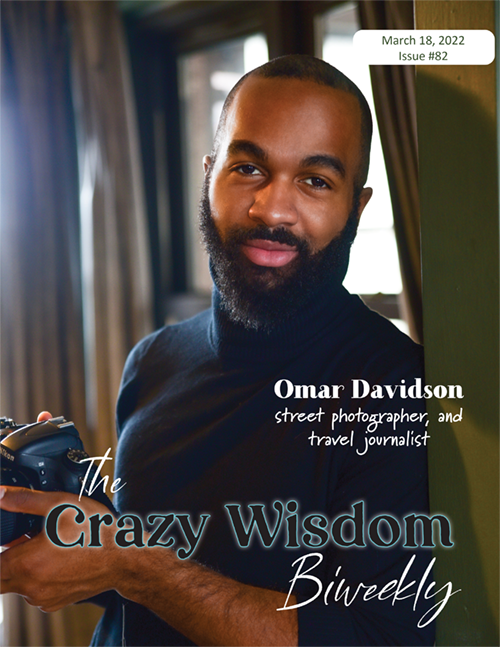
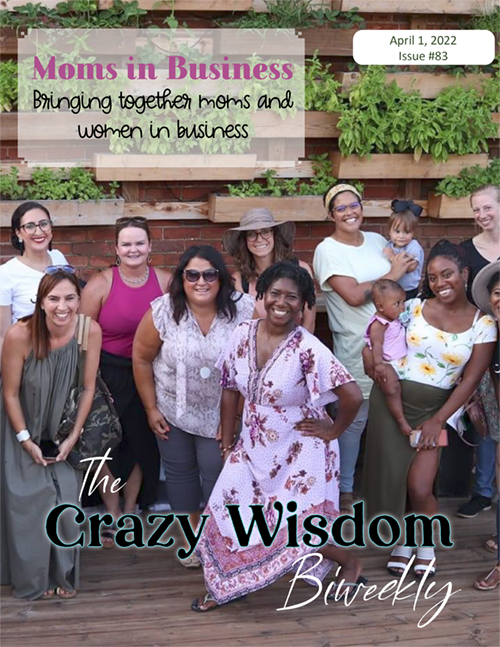
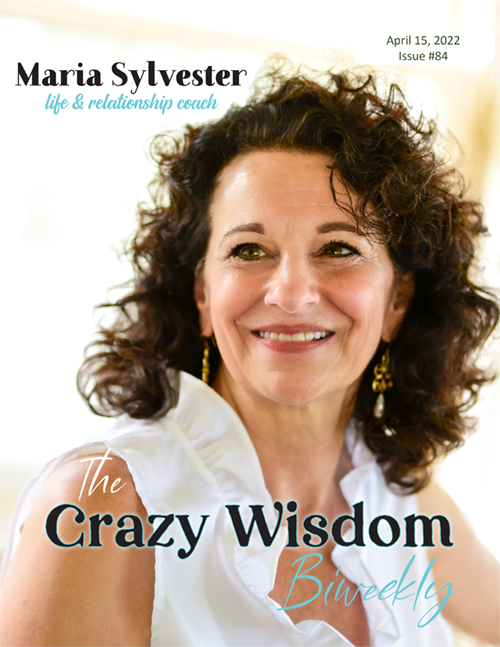
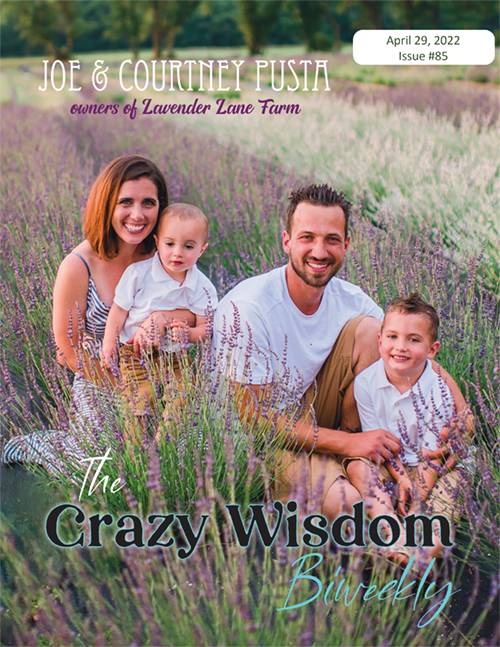
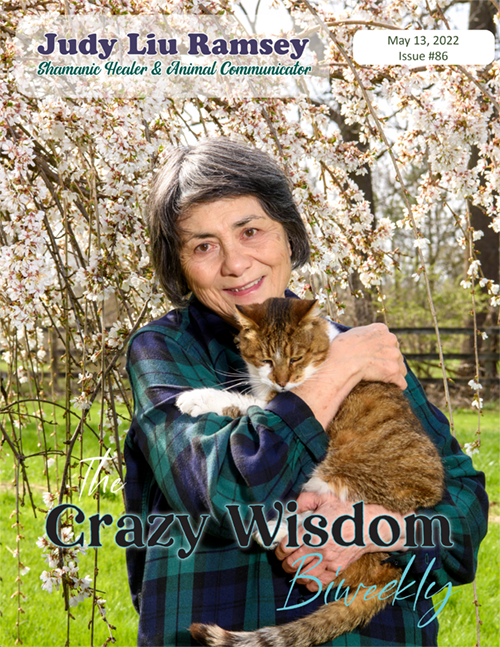
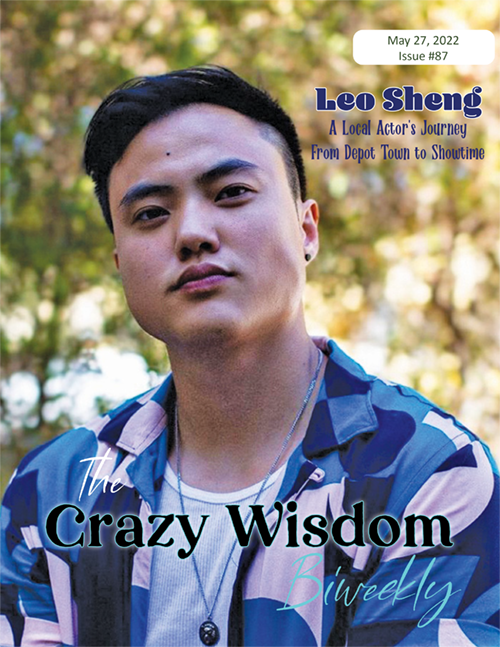
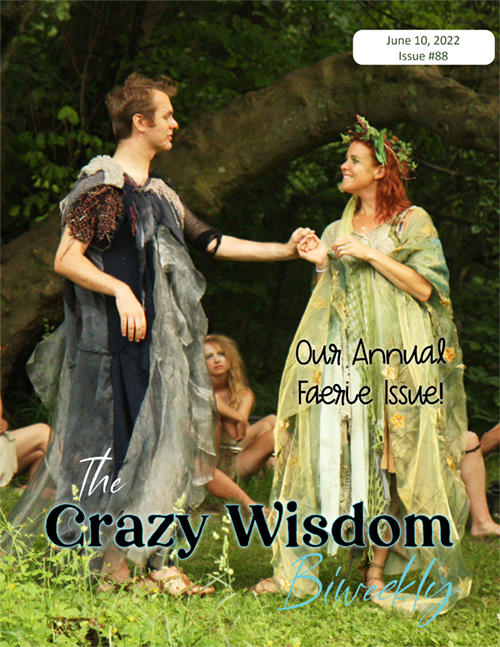
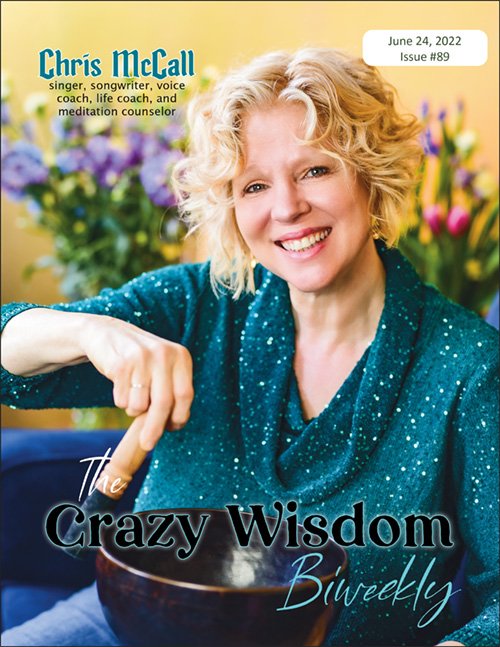
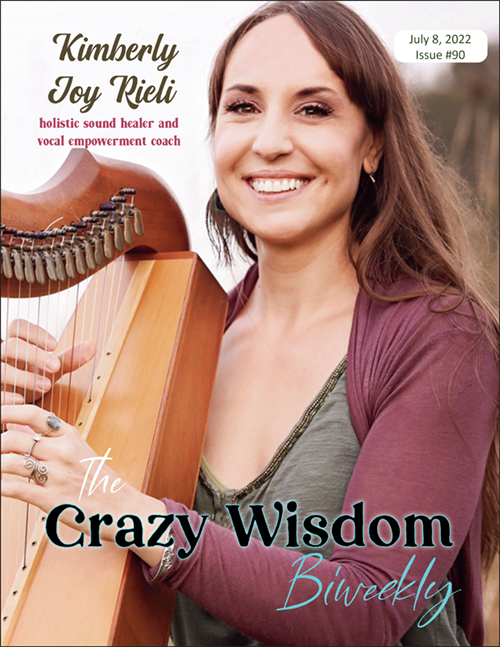
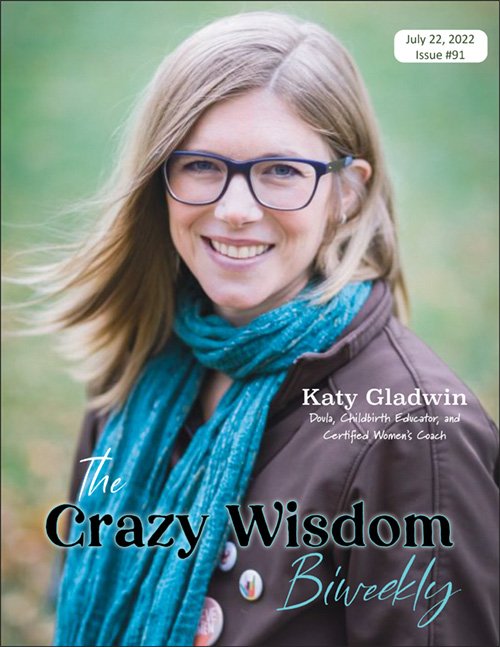
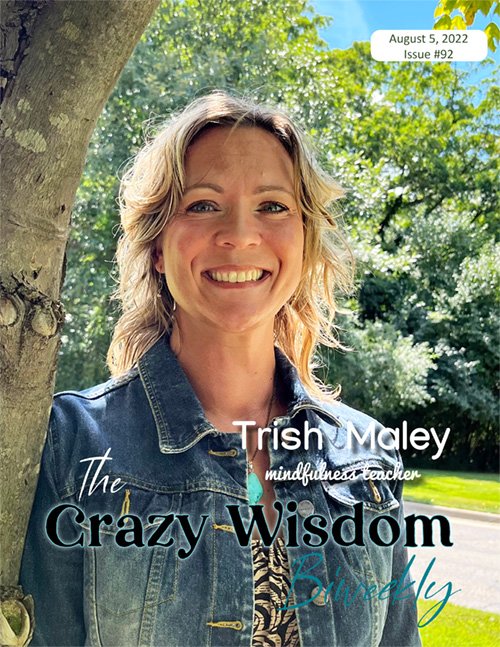
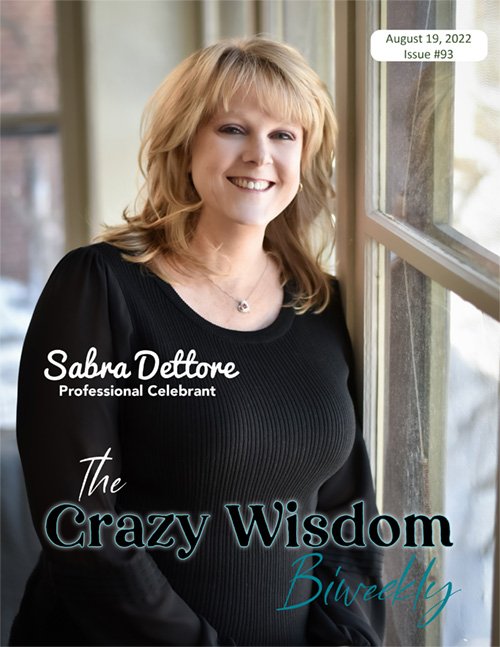

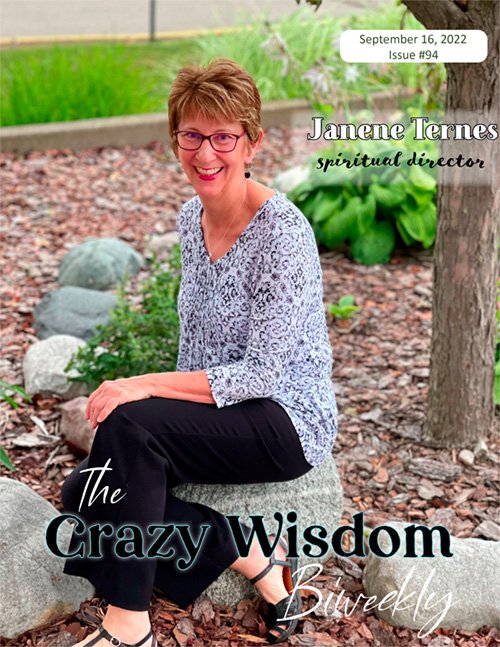
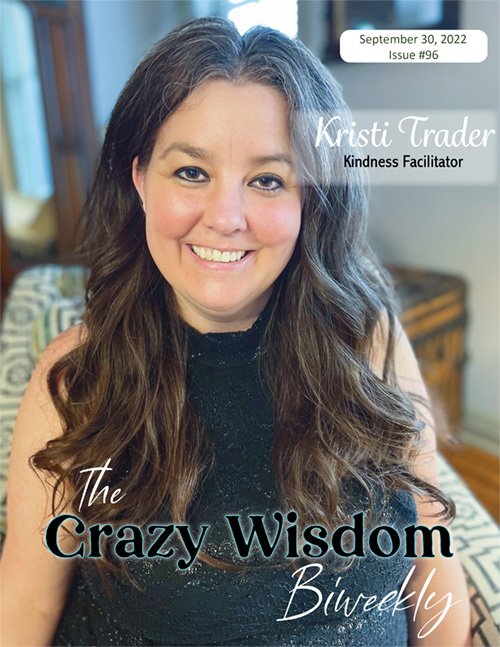
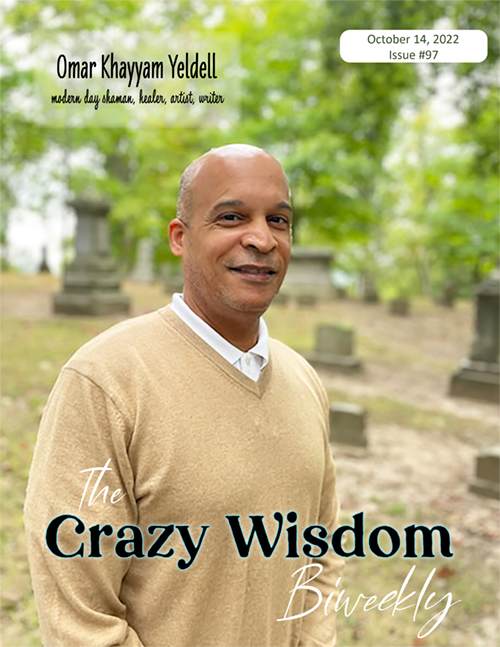


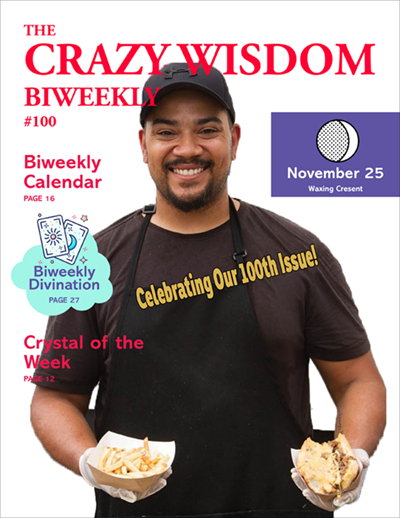
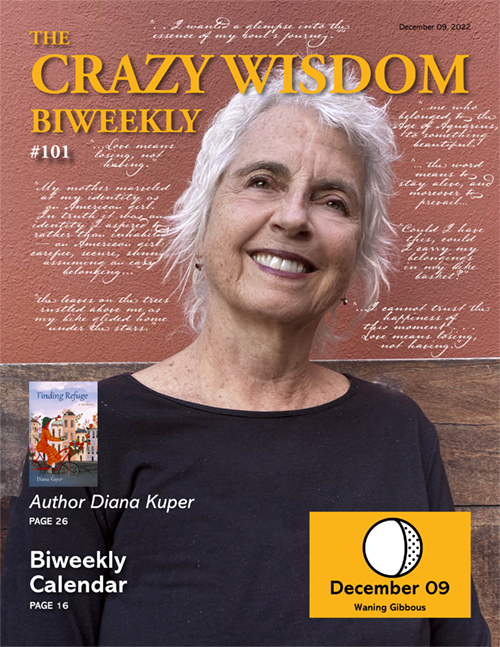
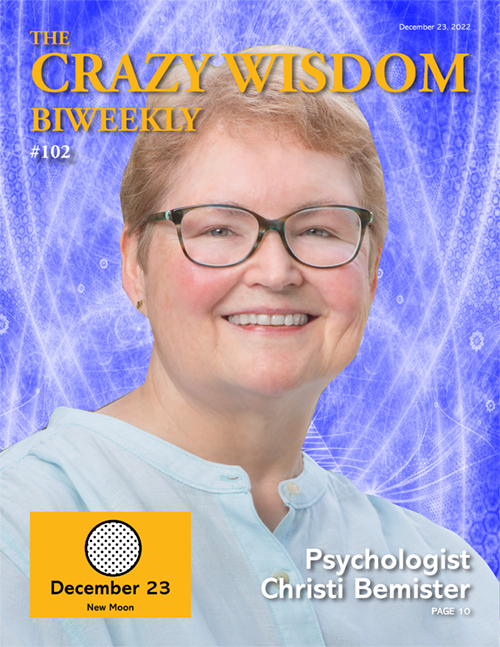
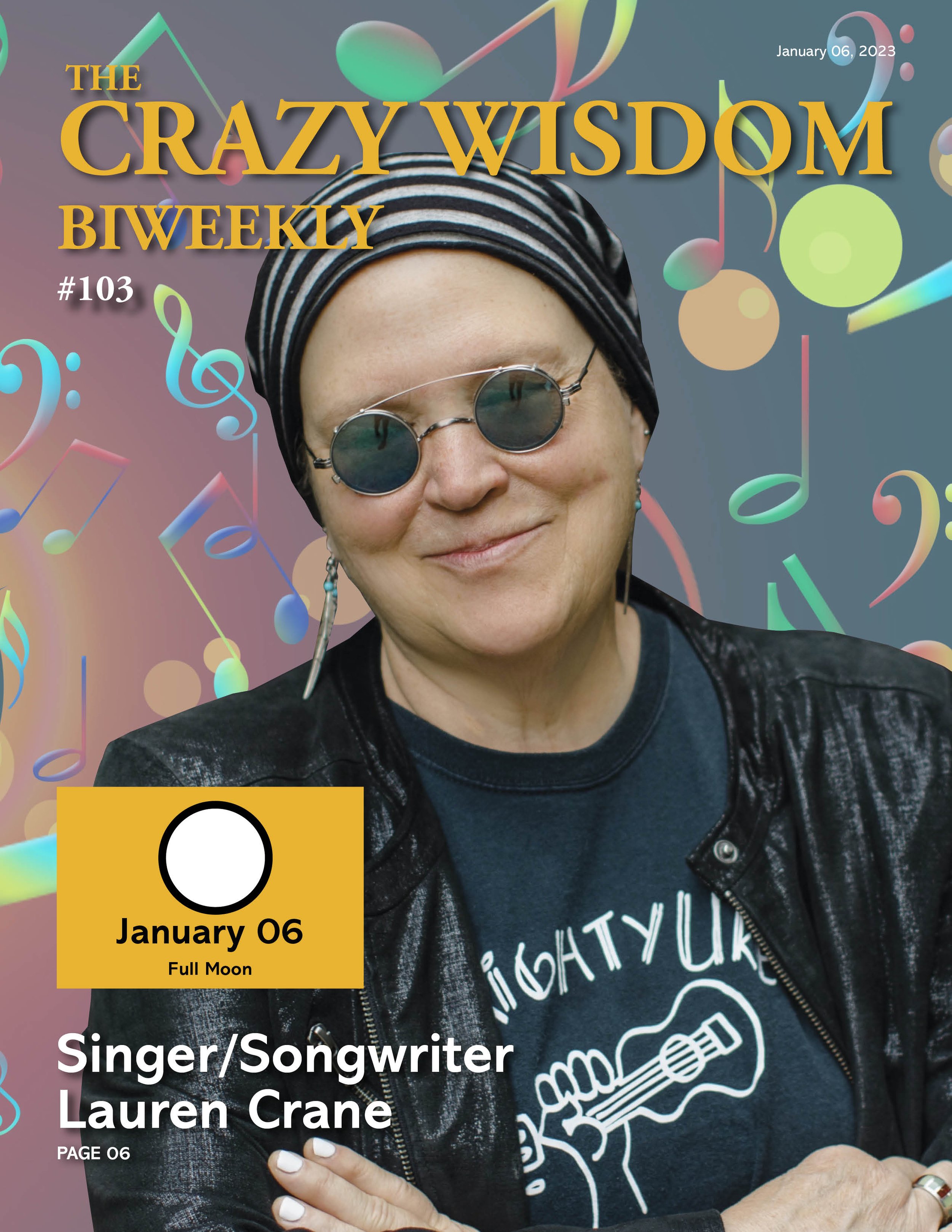
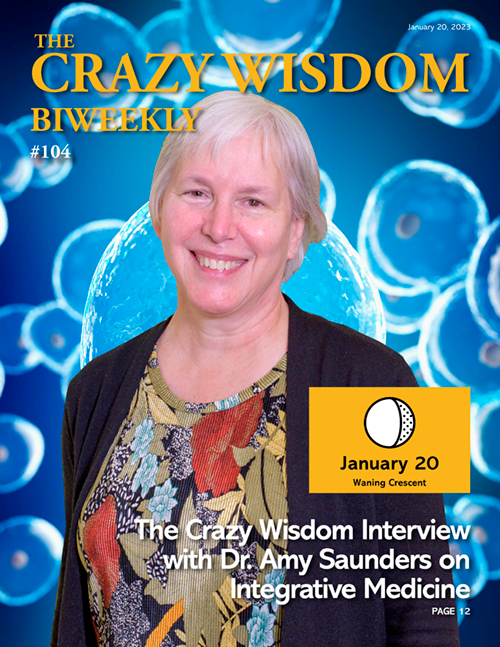



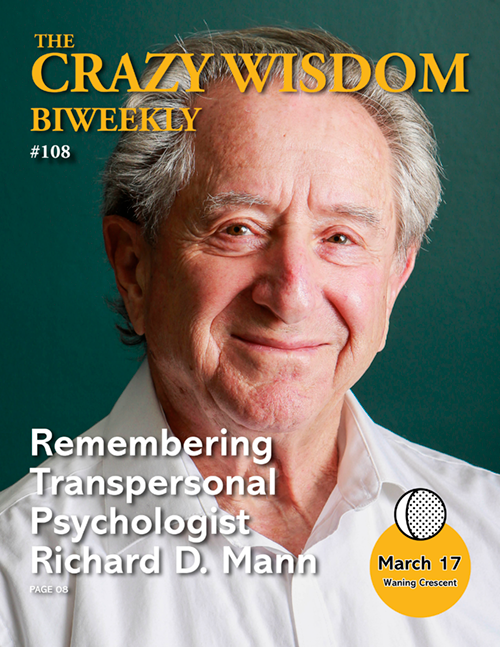
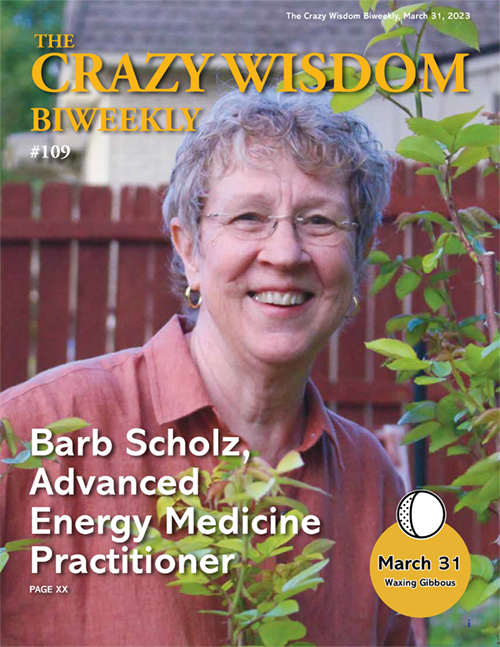
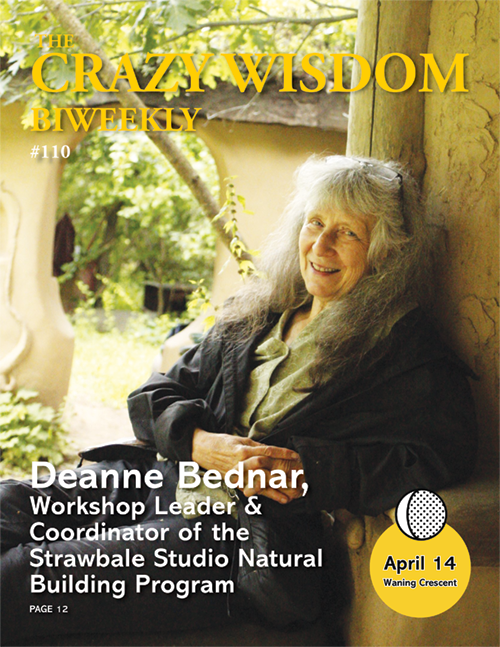
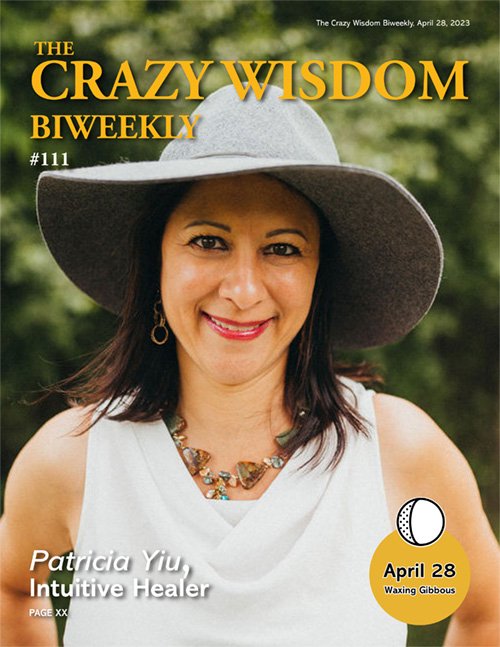
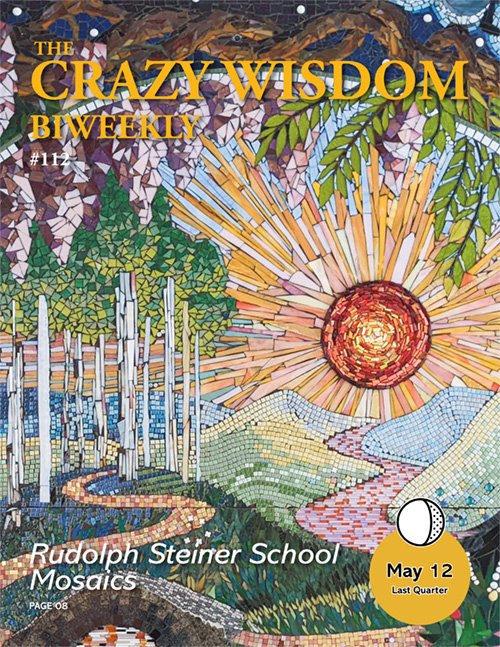
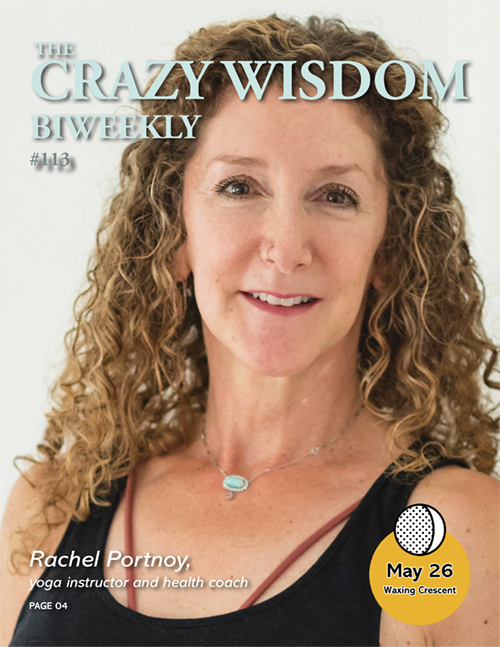

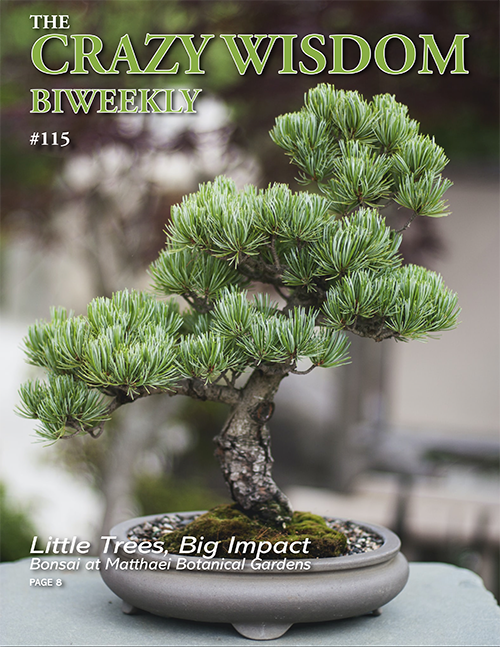
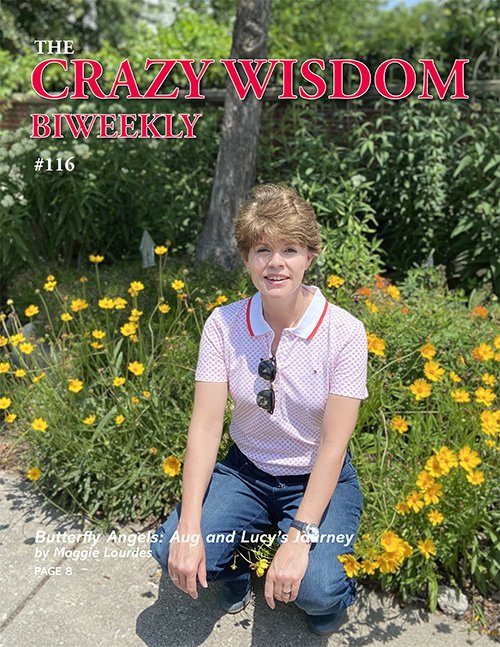
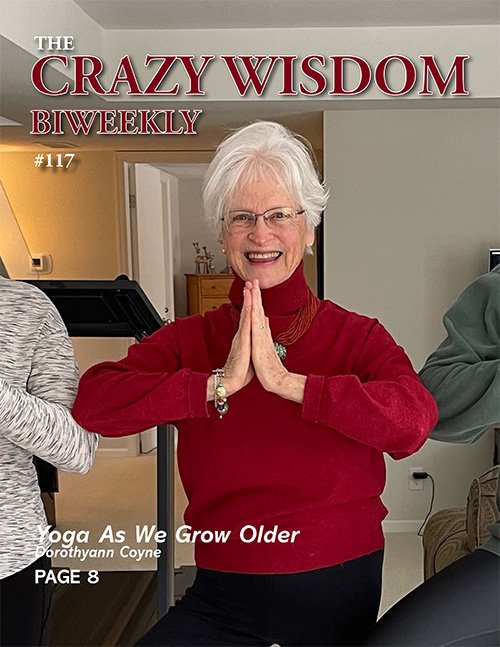
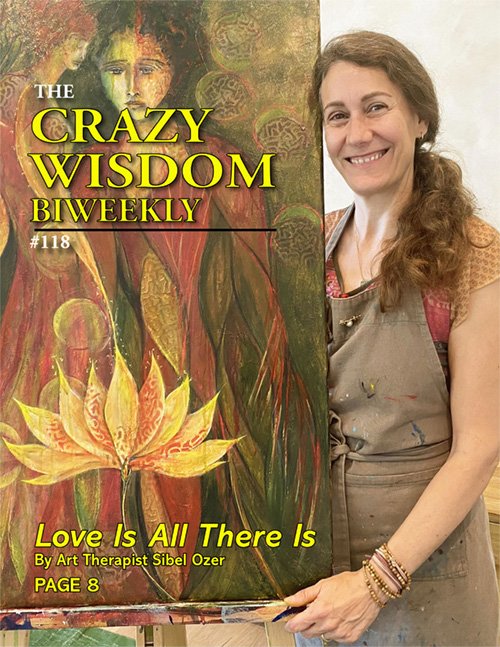
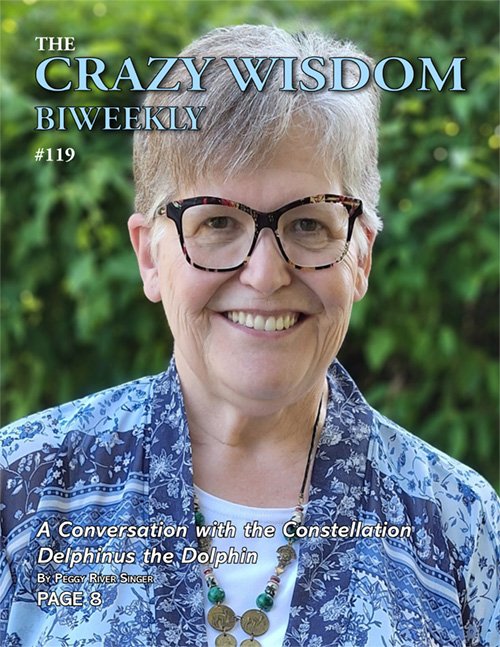
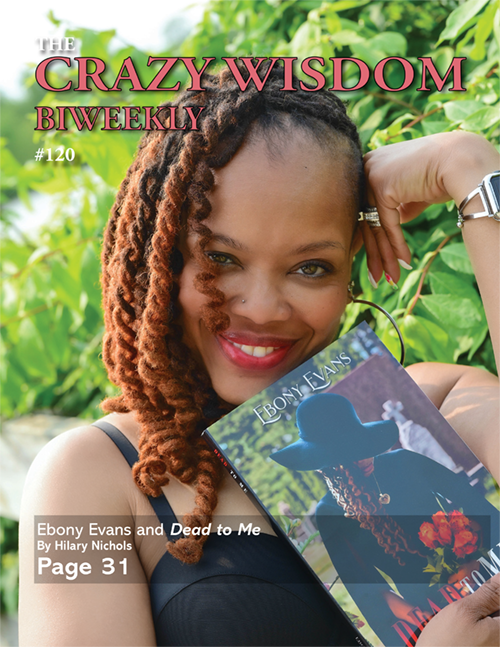
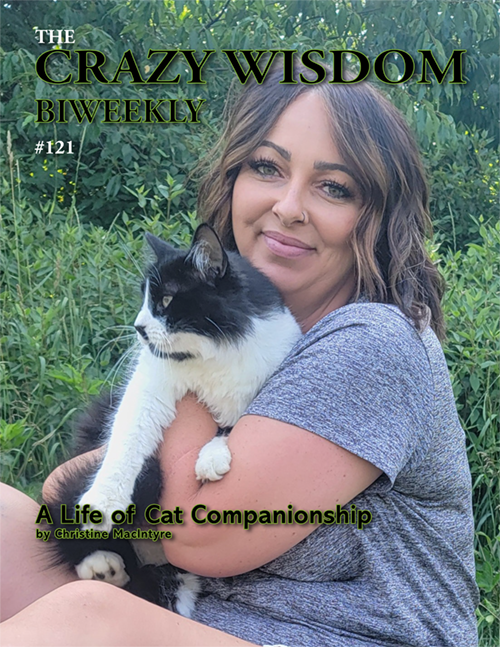

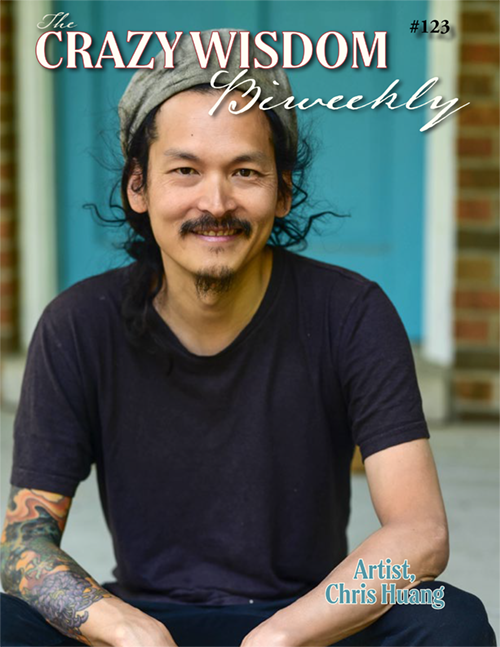

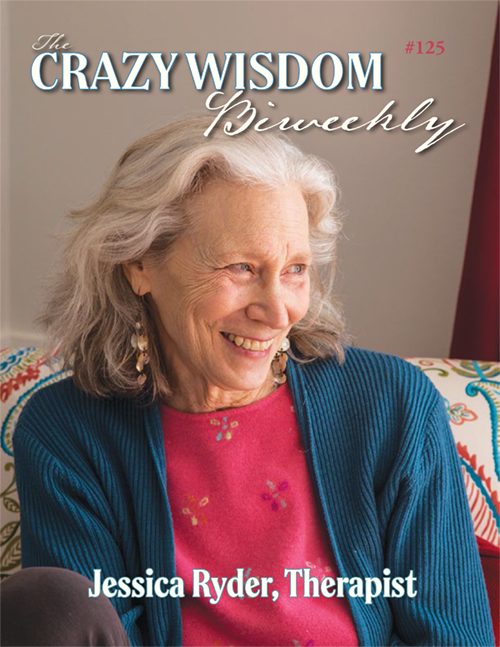
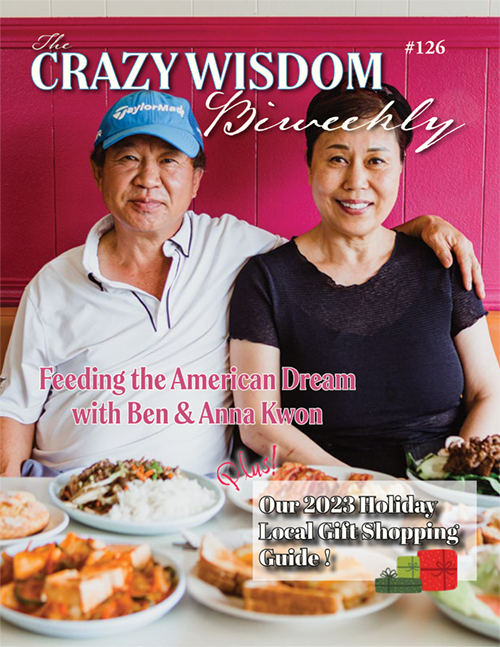
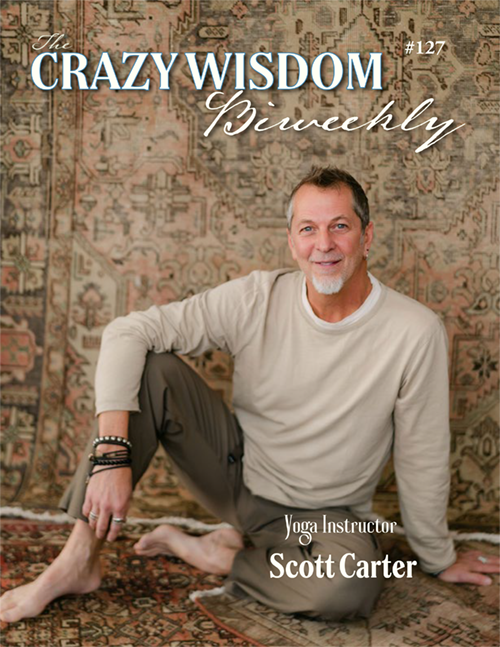

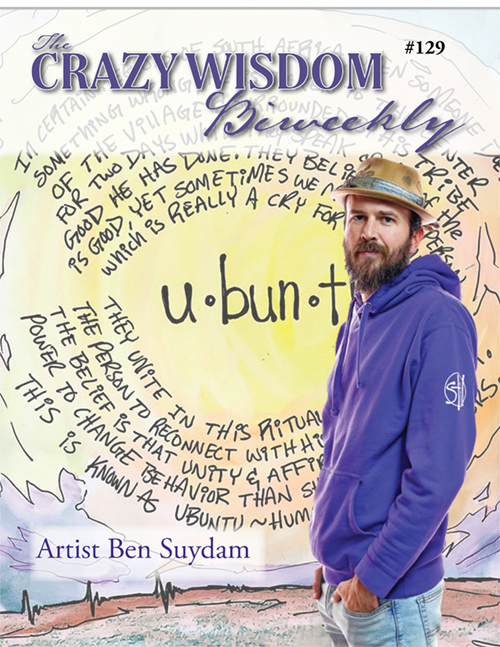
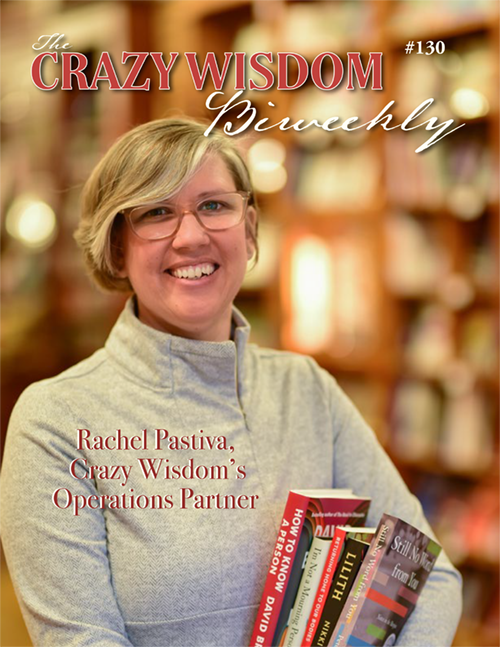
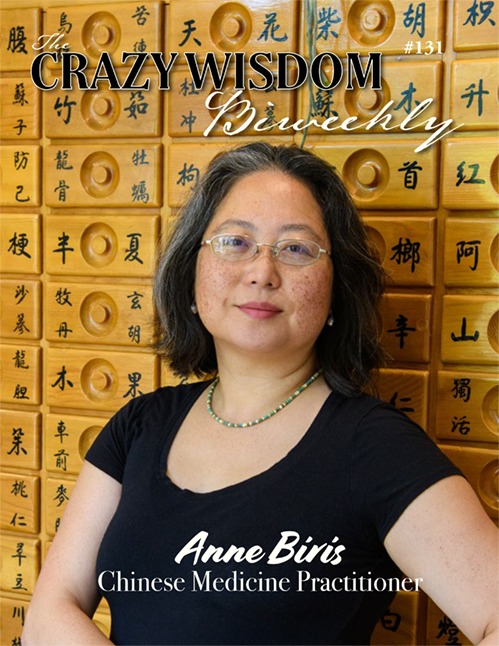
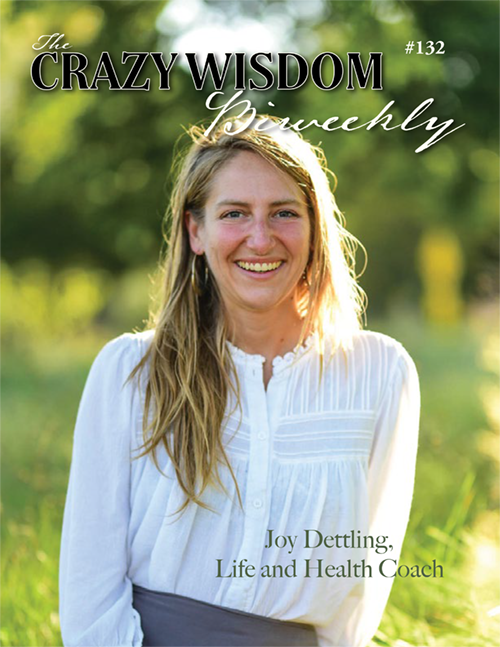
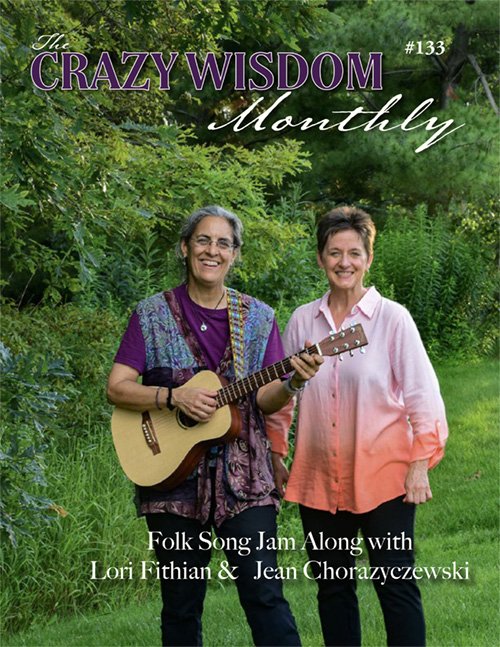


















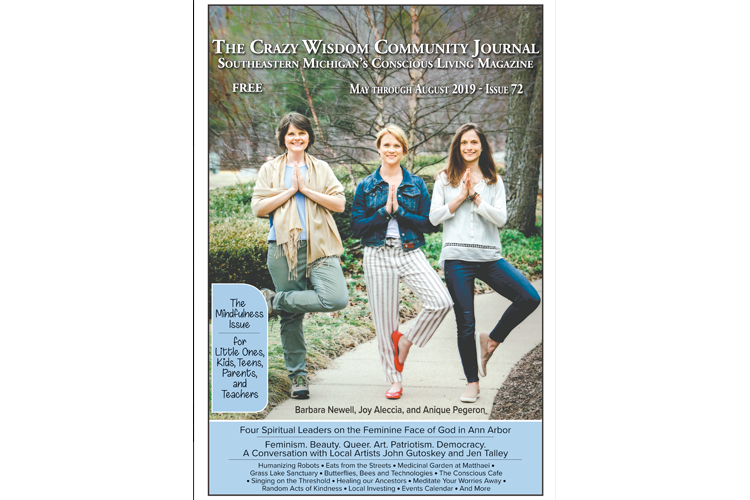
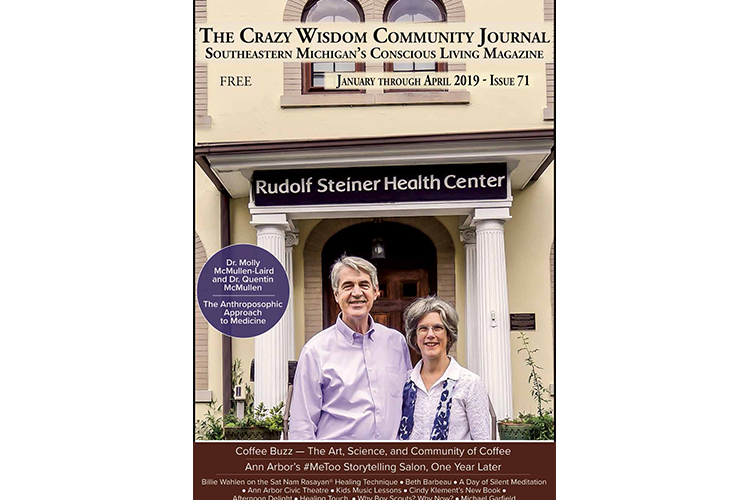
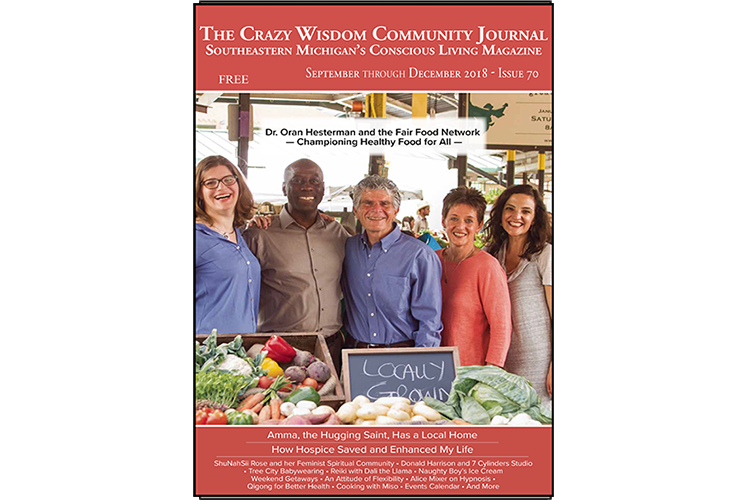
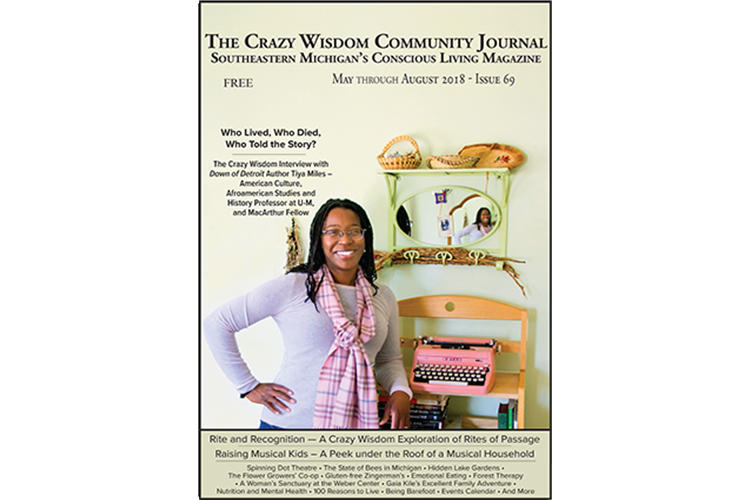
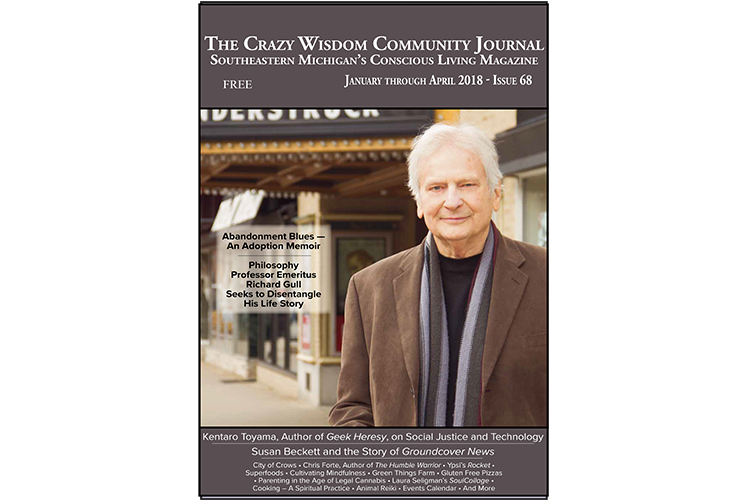
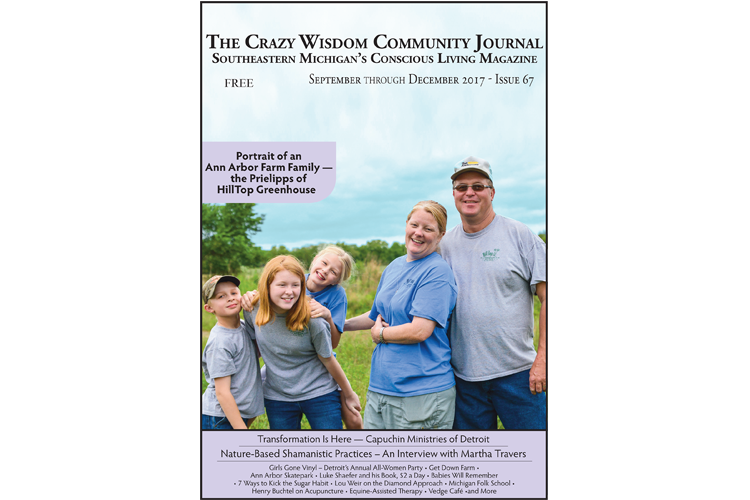
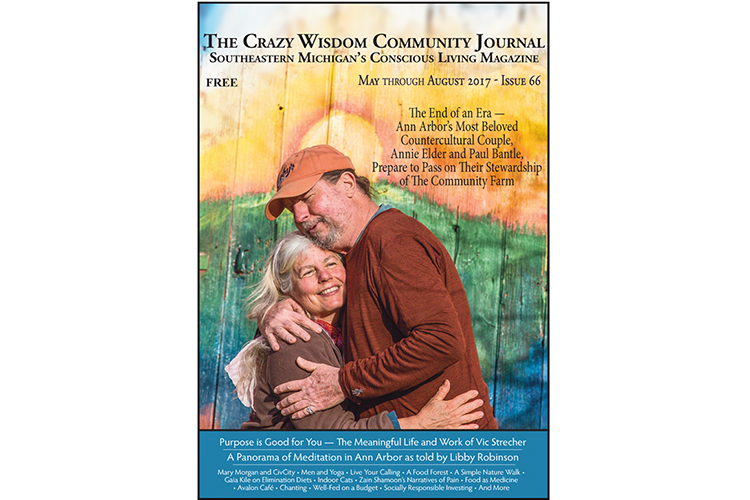
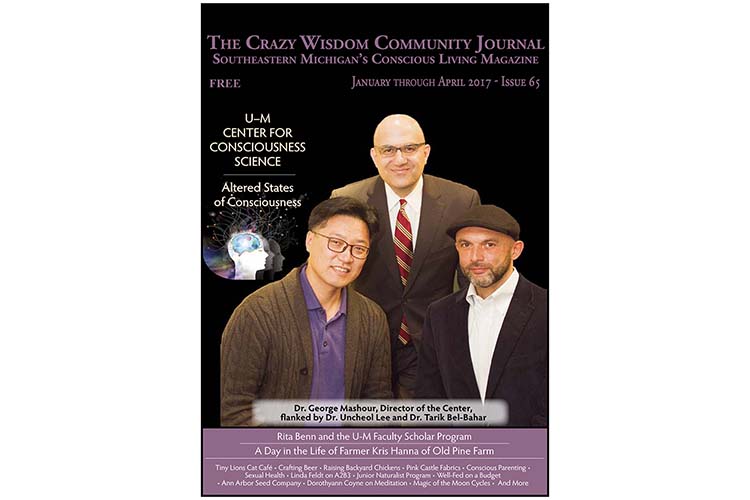
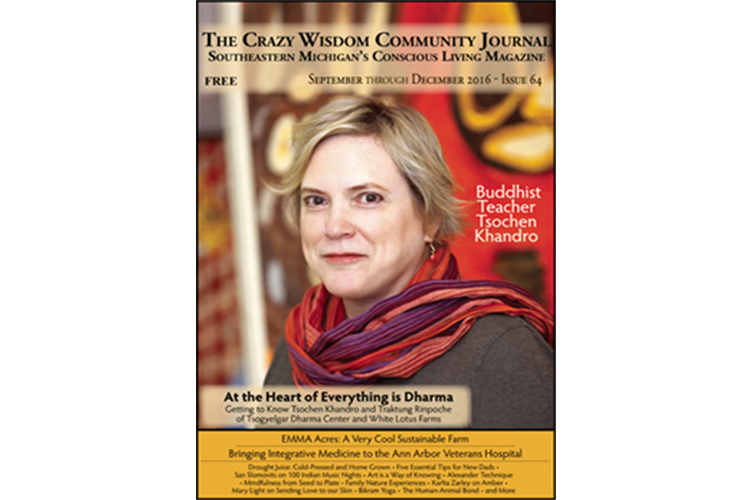
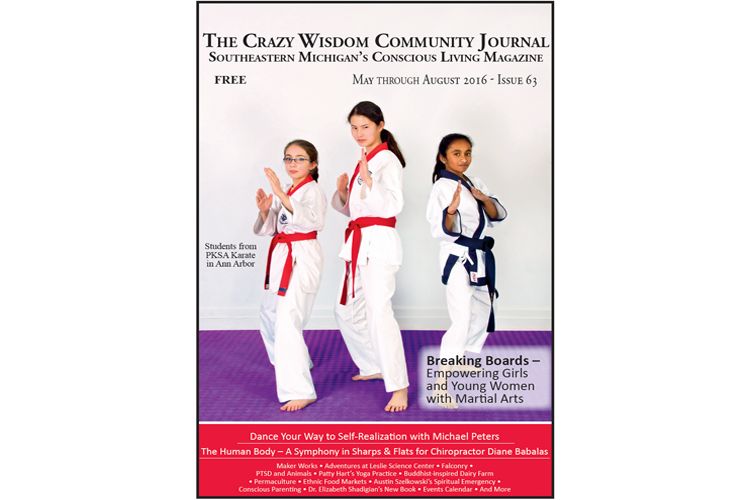





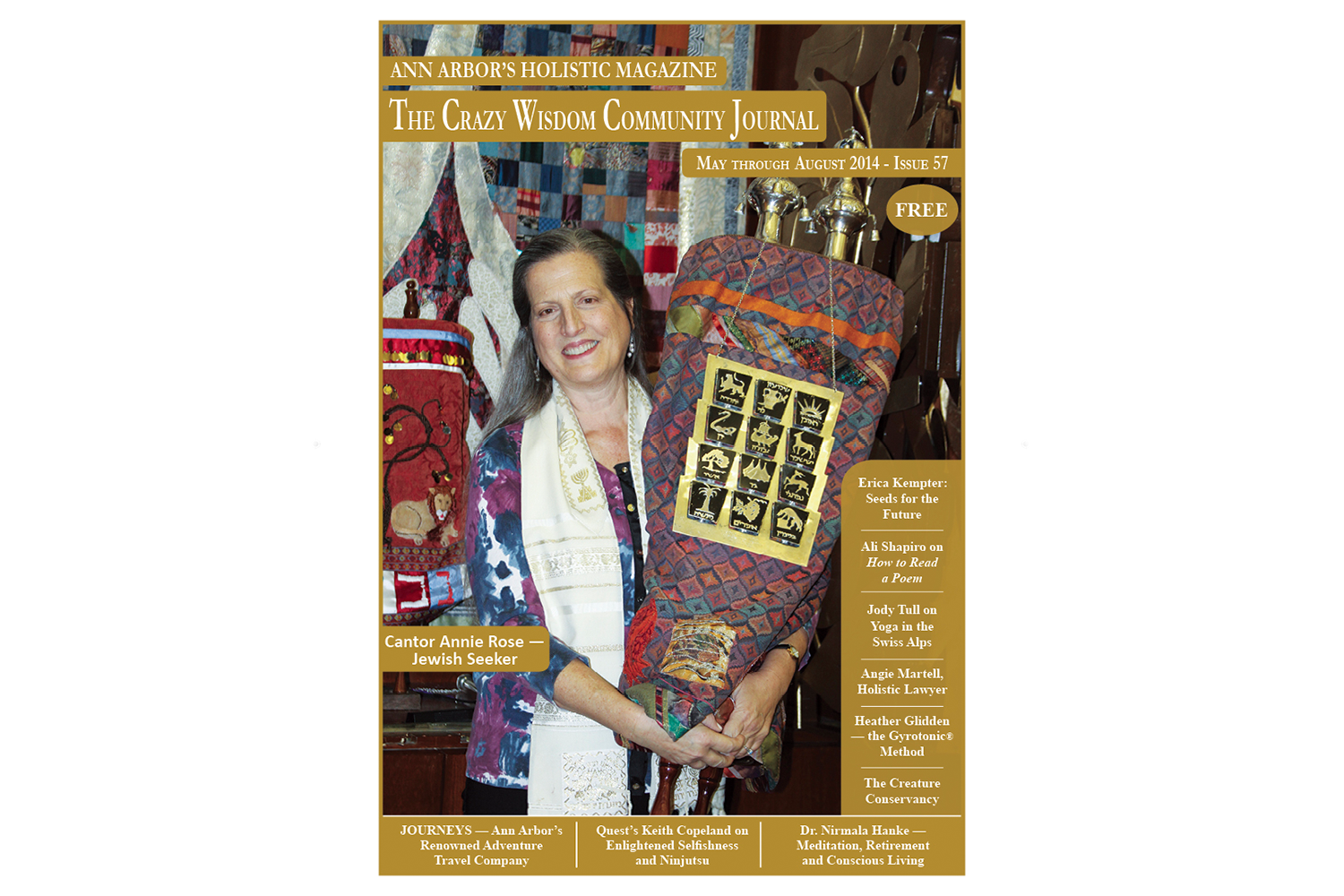
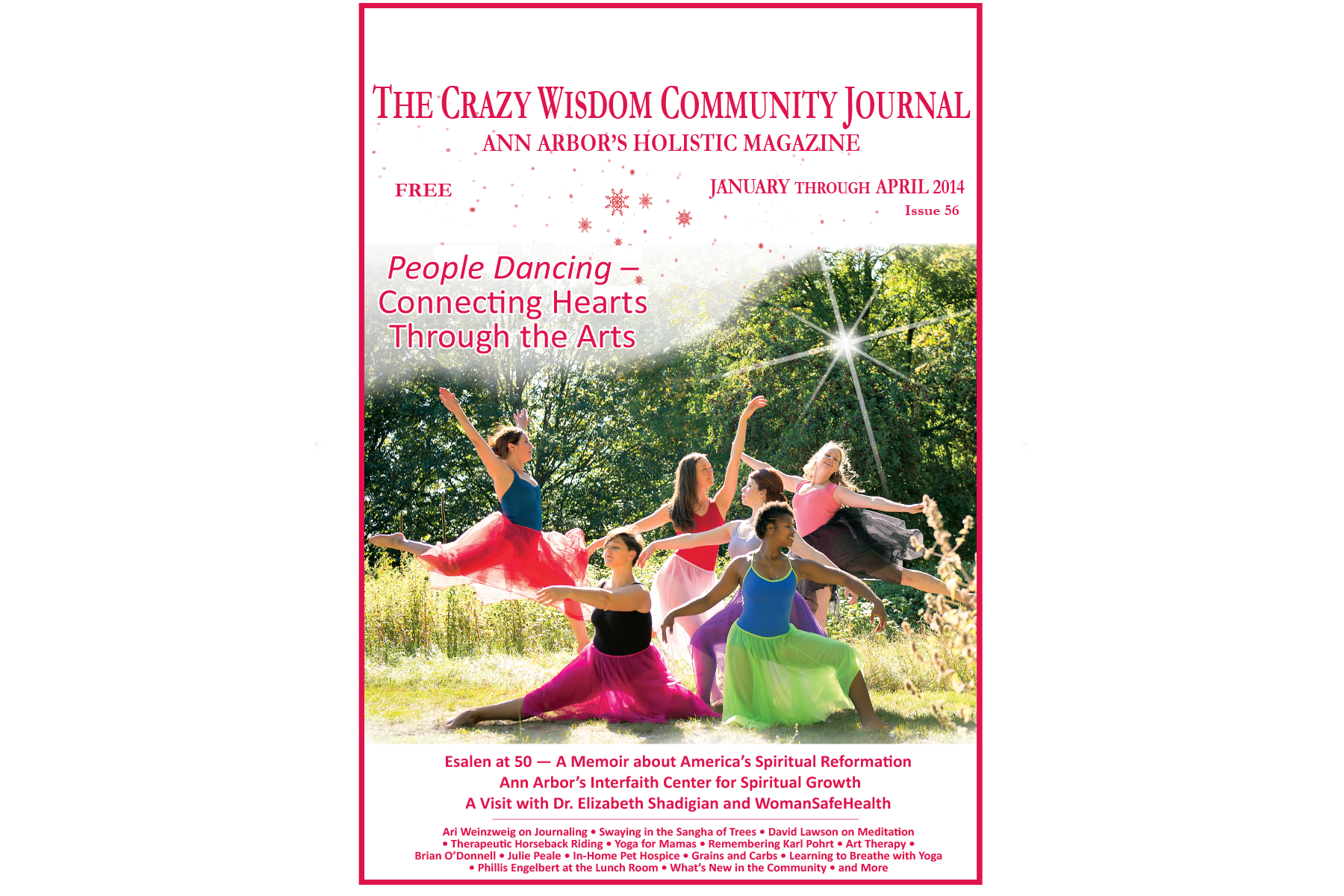

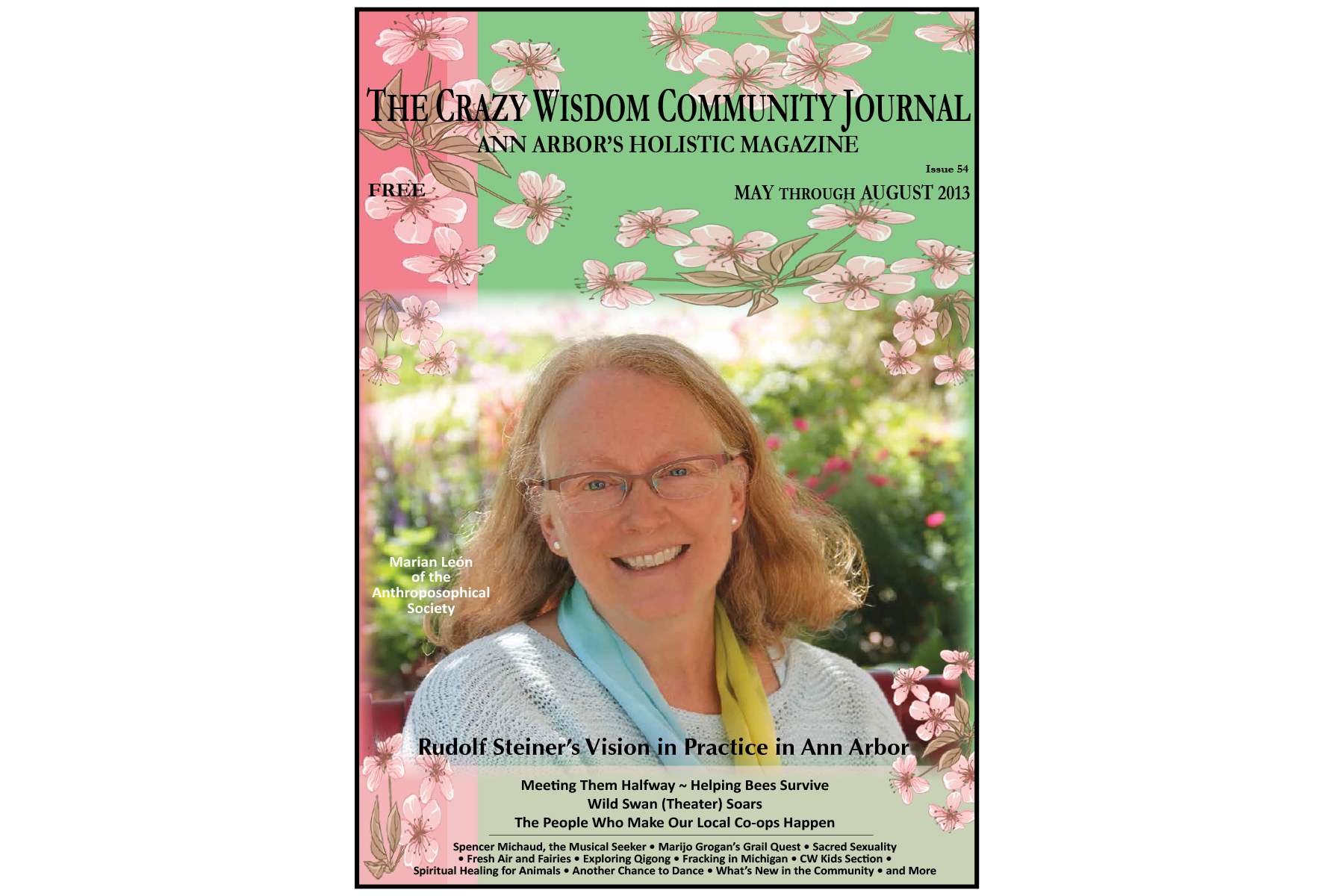
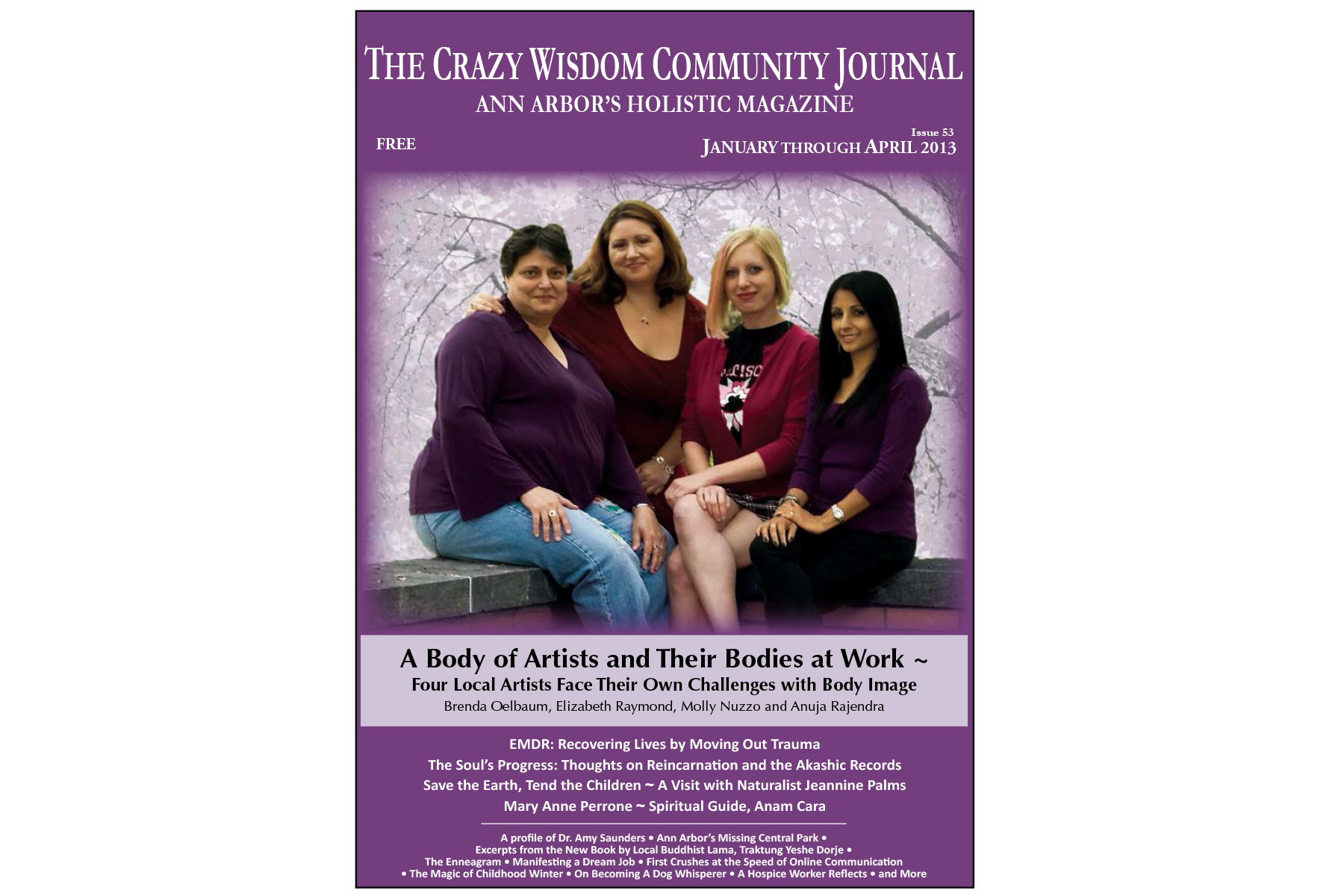

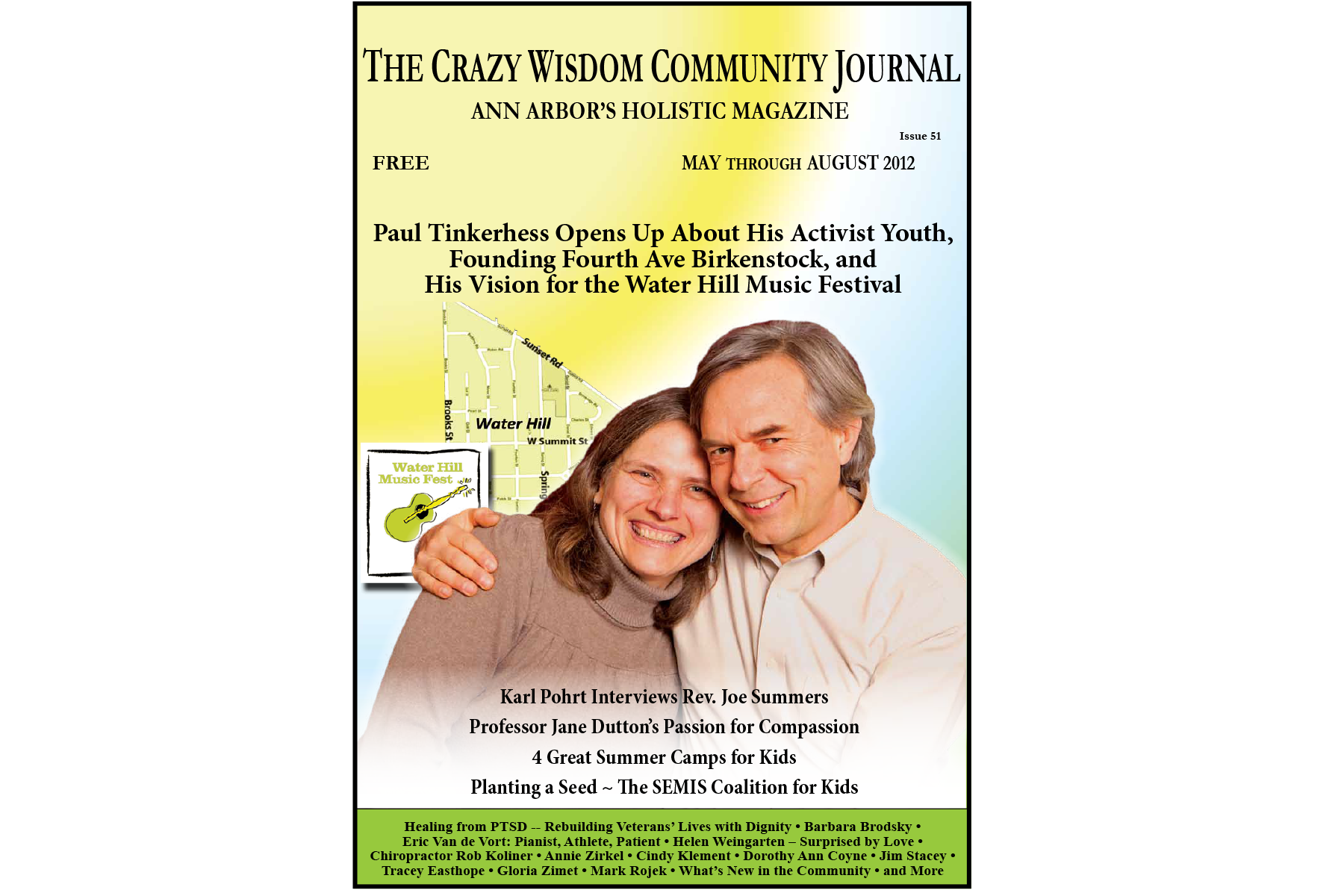
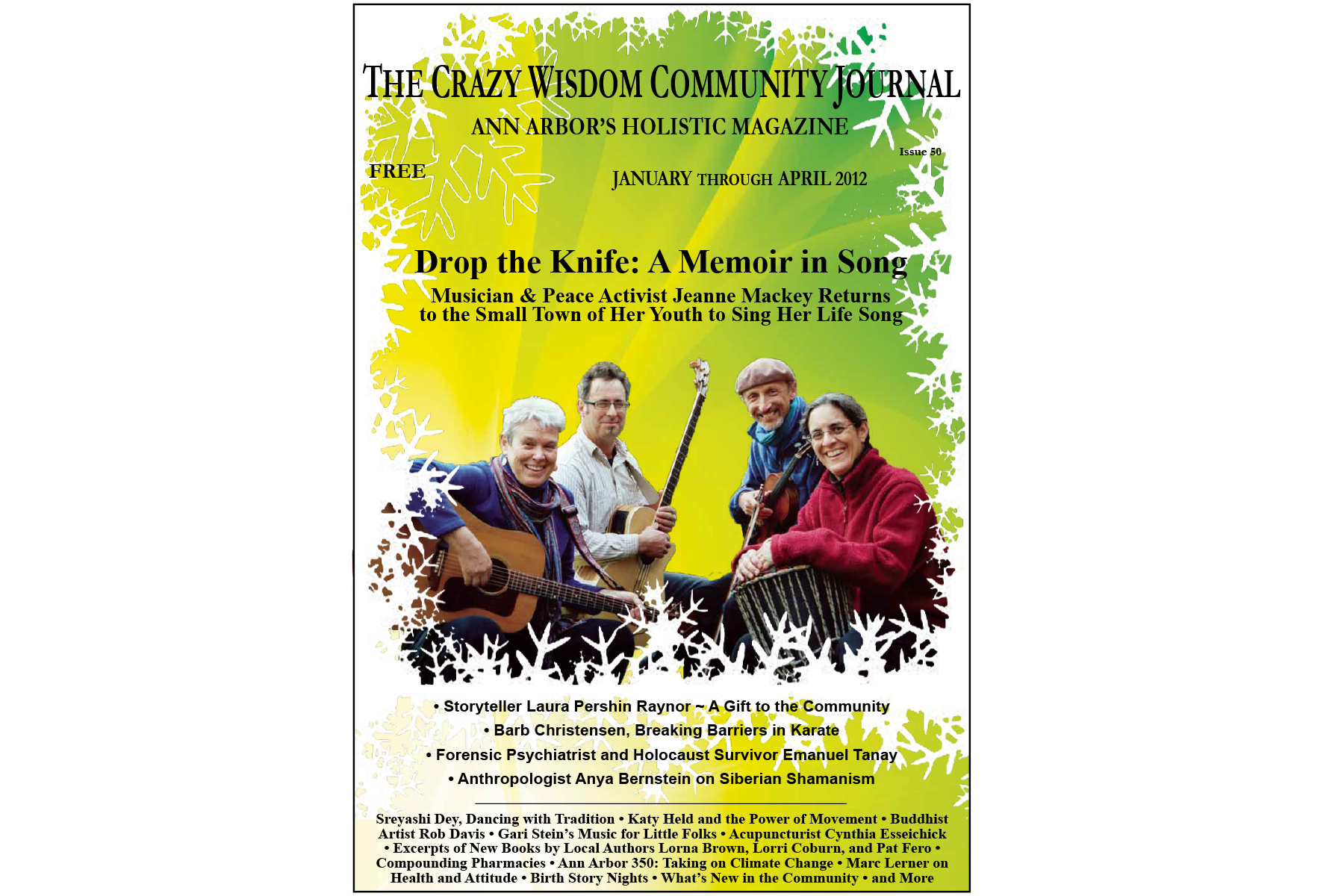
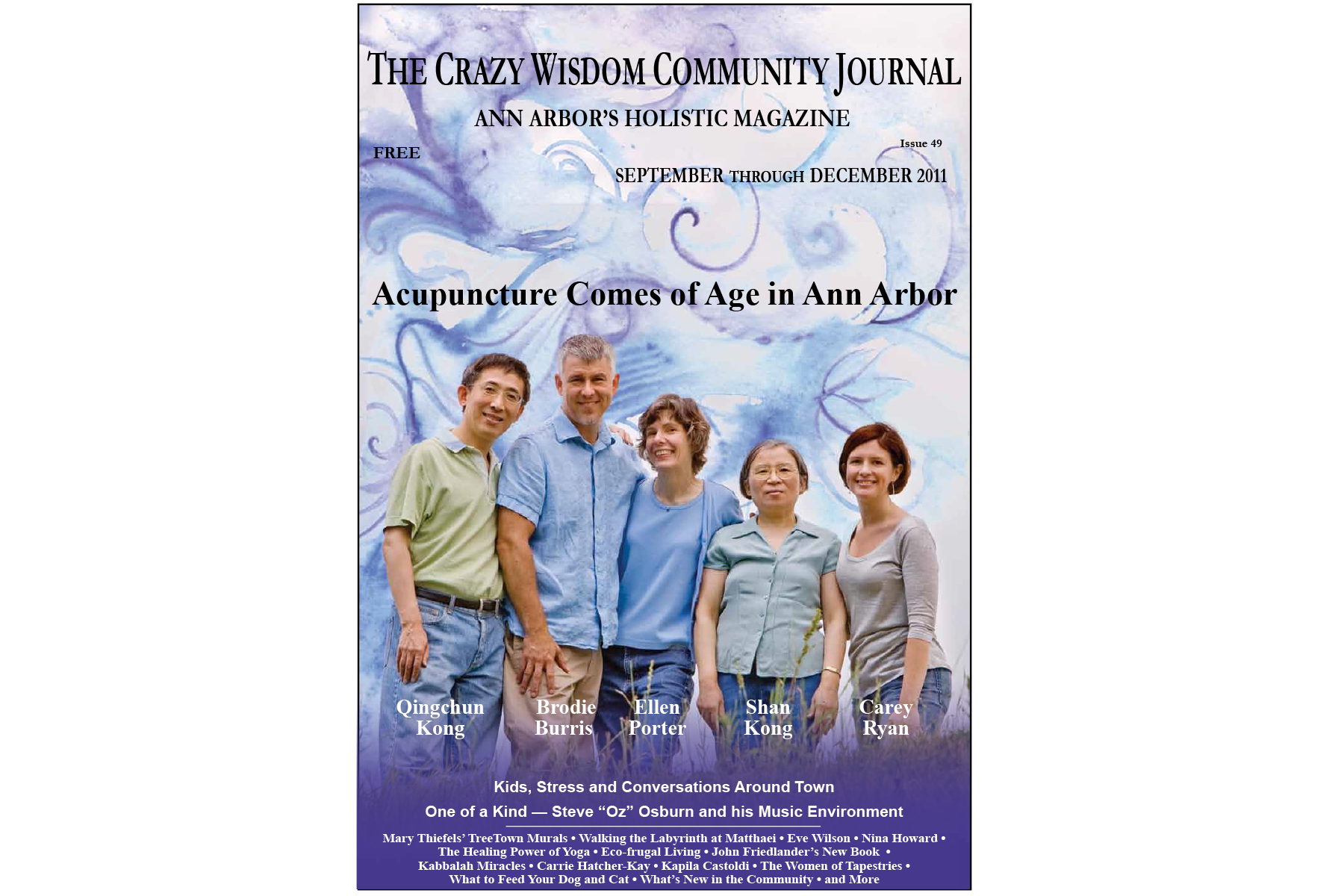
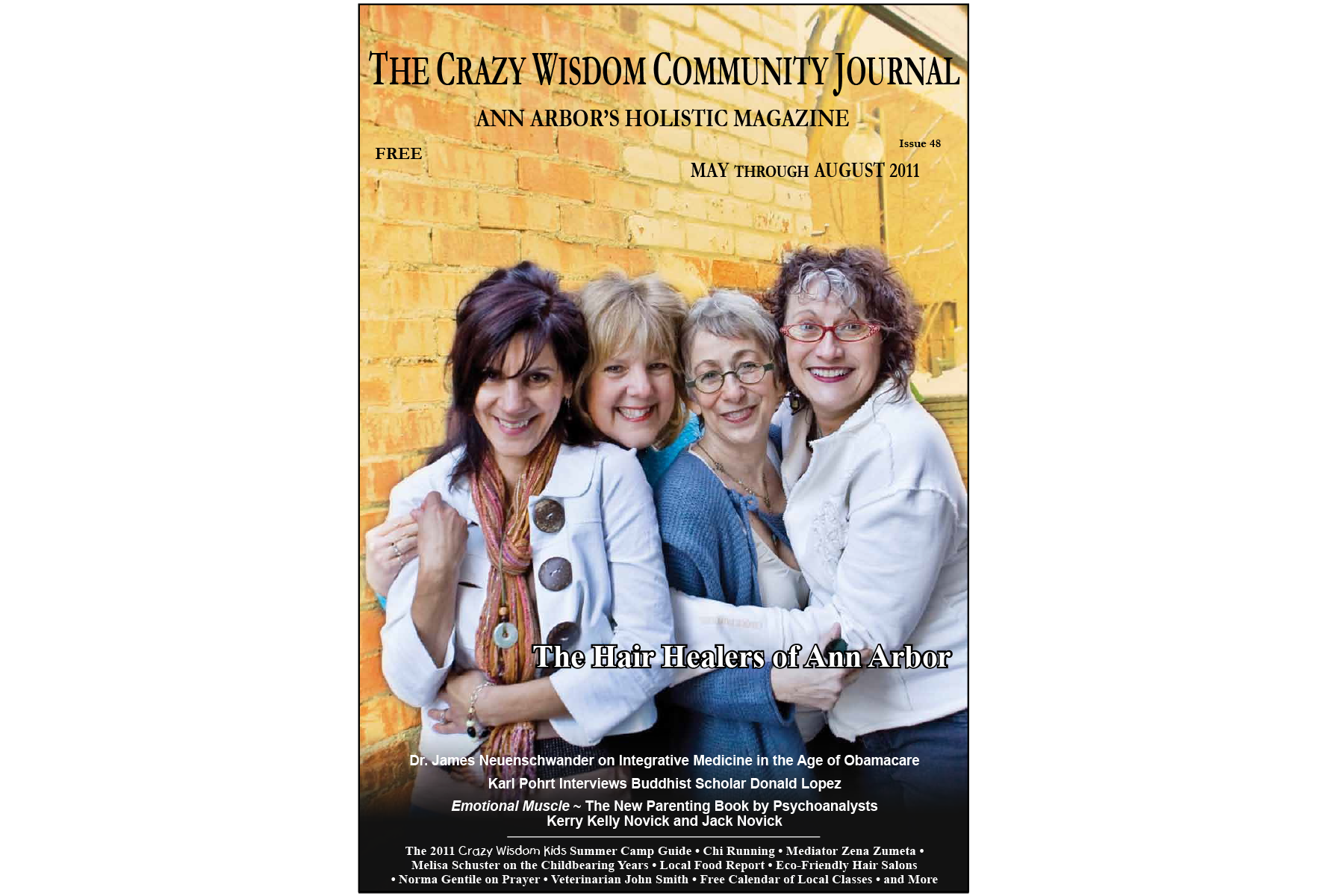
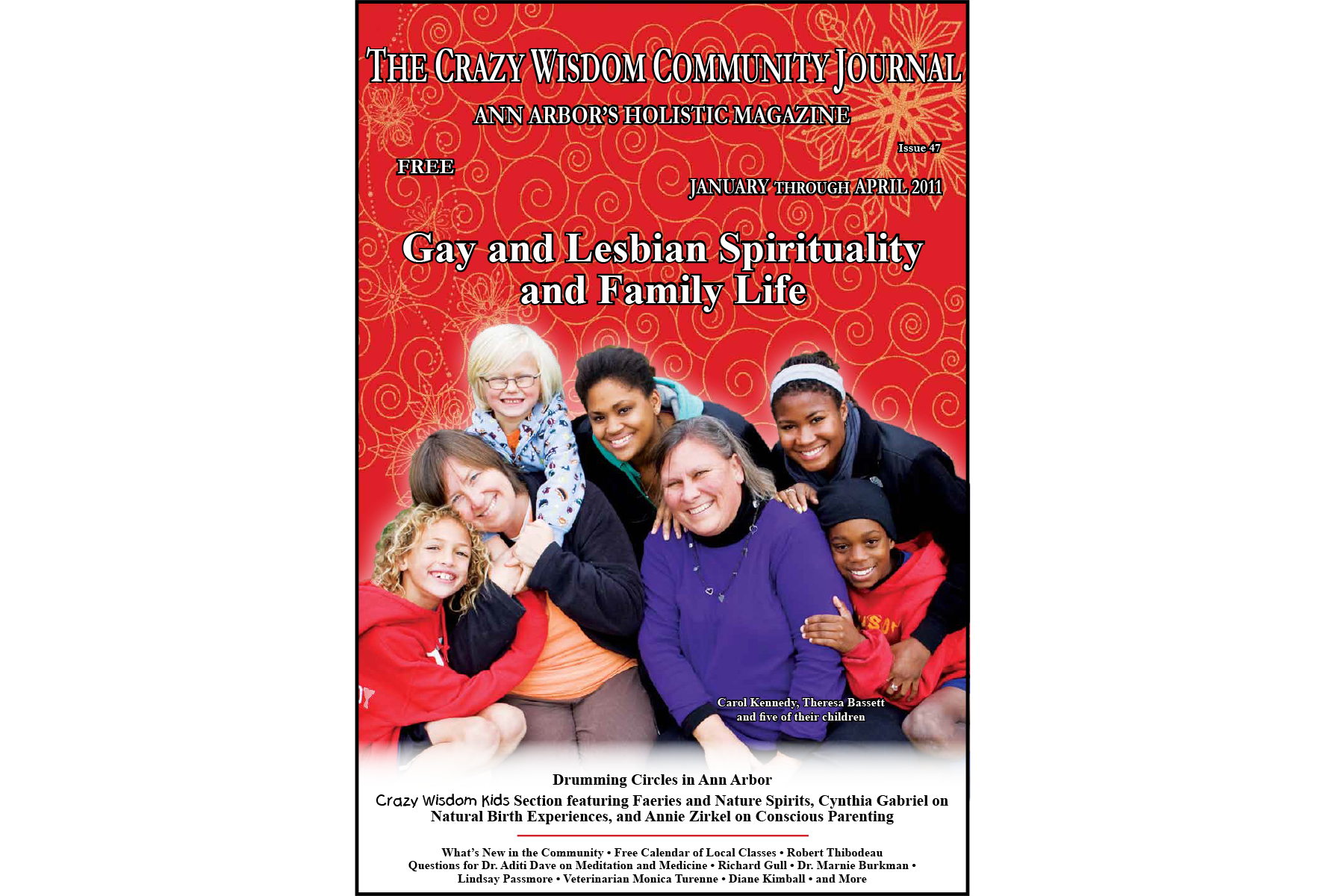
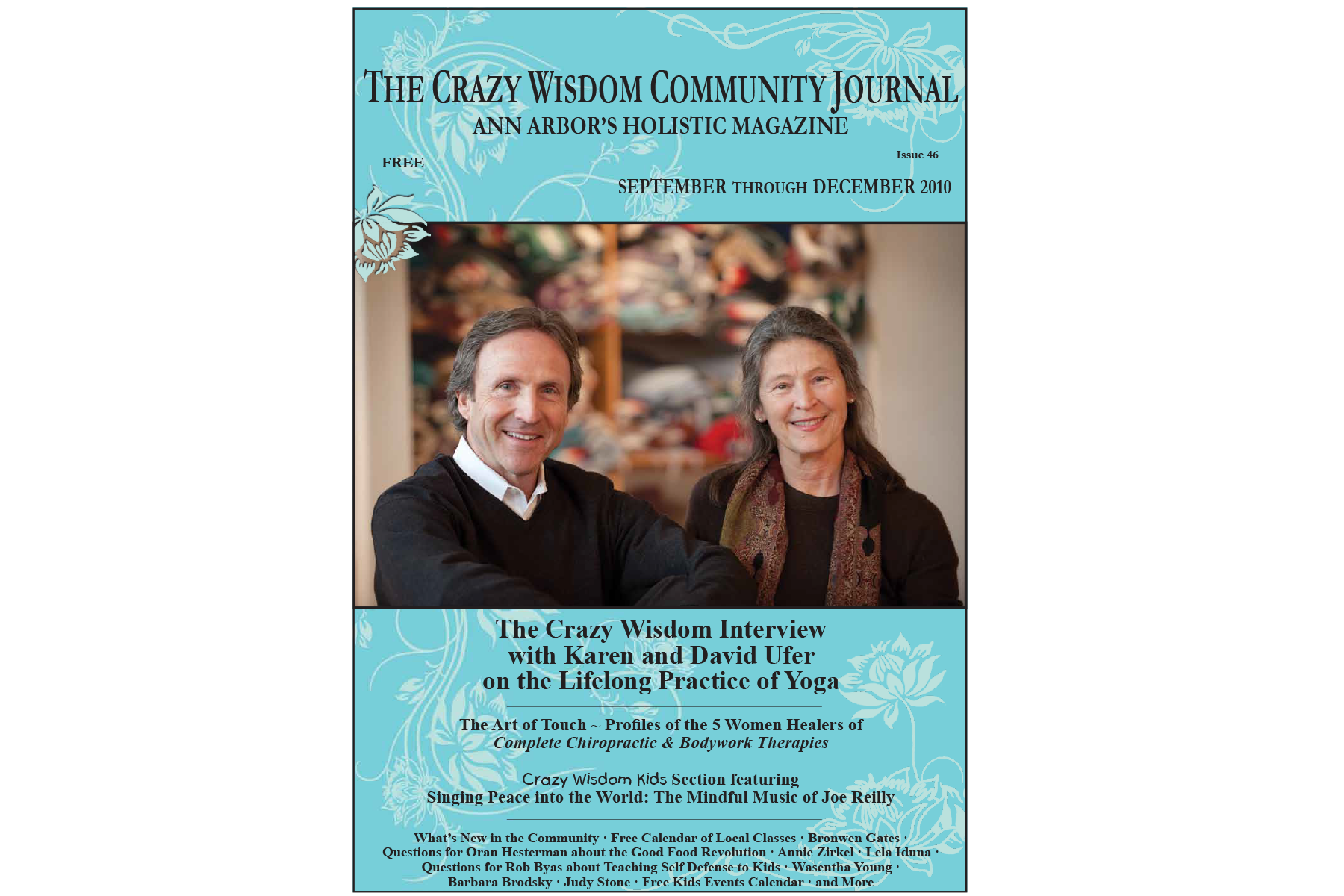

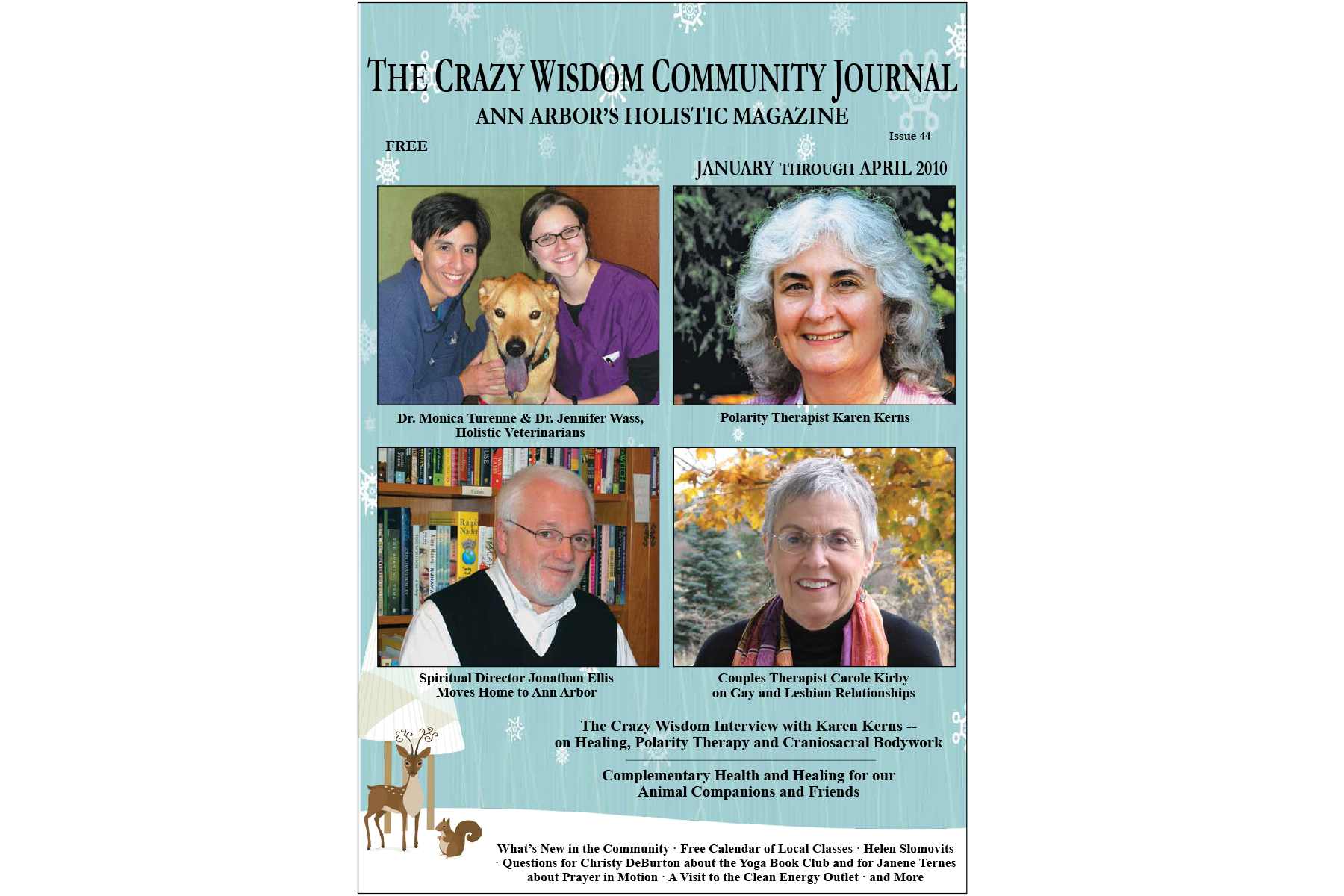



Kindness, Clarity, and Insight is a collection of talks that the Tibetan Buddhist Dalai Lama gave in the USA and Canada more than forty years ago. With this and later books, the Dalai Lama brought Tibetan Buddhism and the situation in Tibet into prominent international awareness; he went on to win the Nobel Peace Prize in 1989.